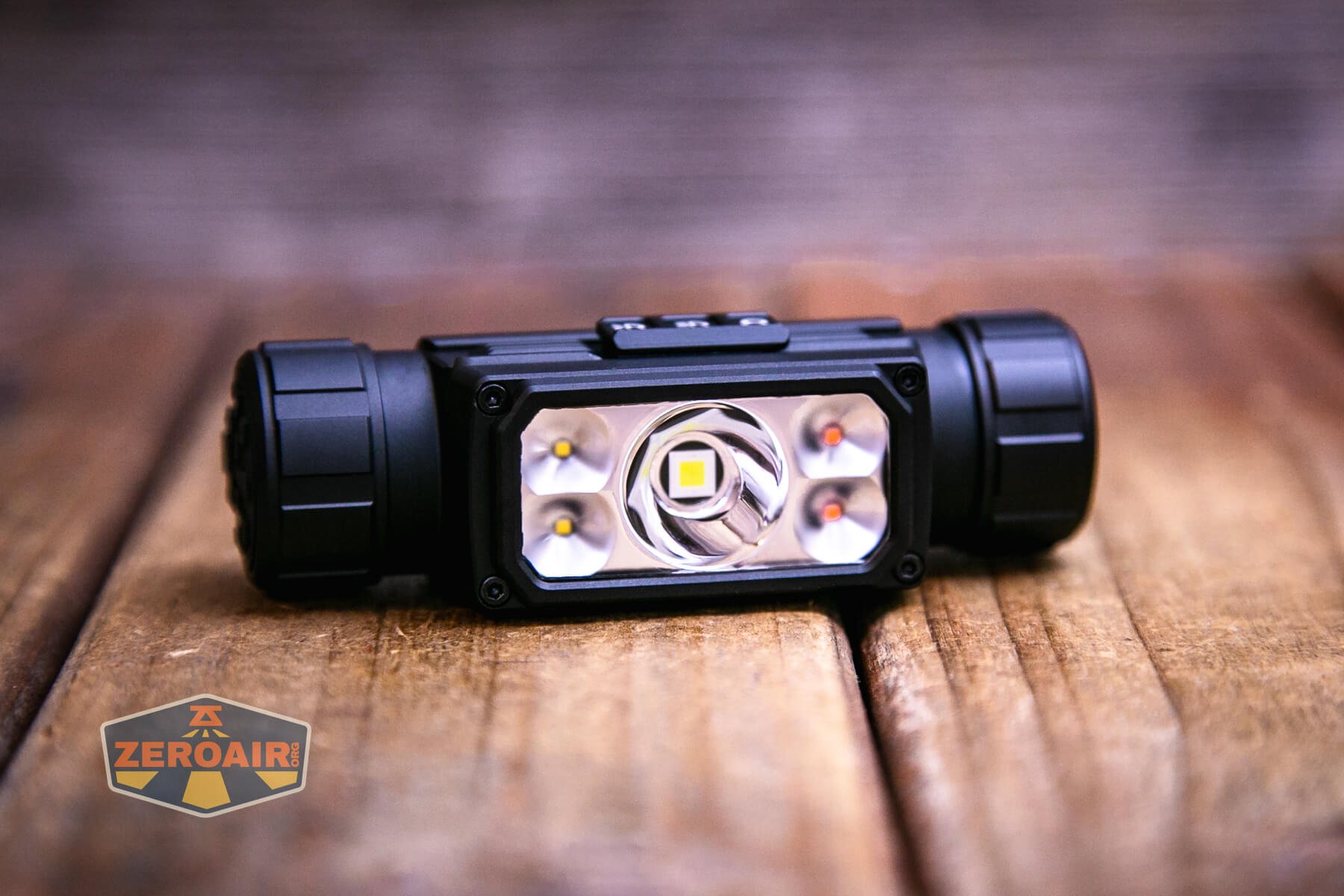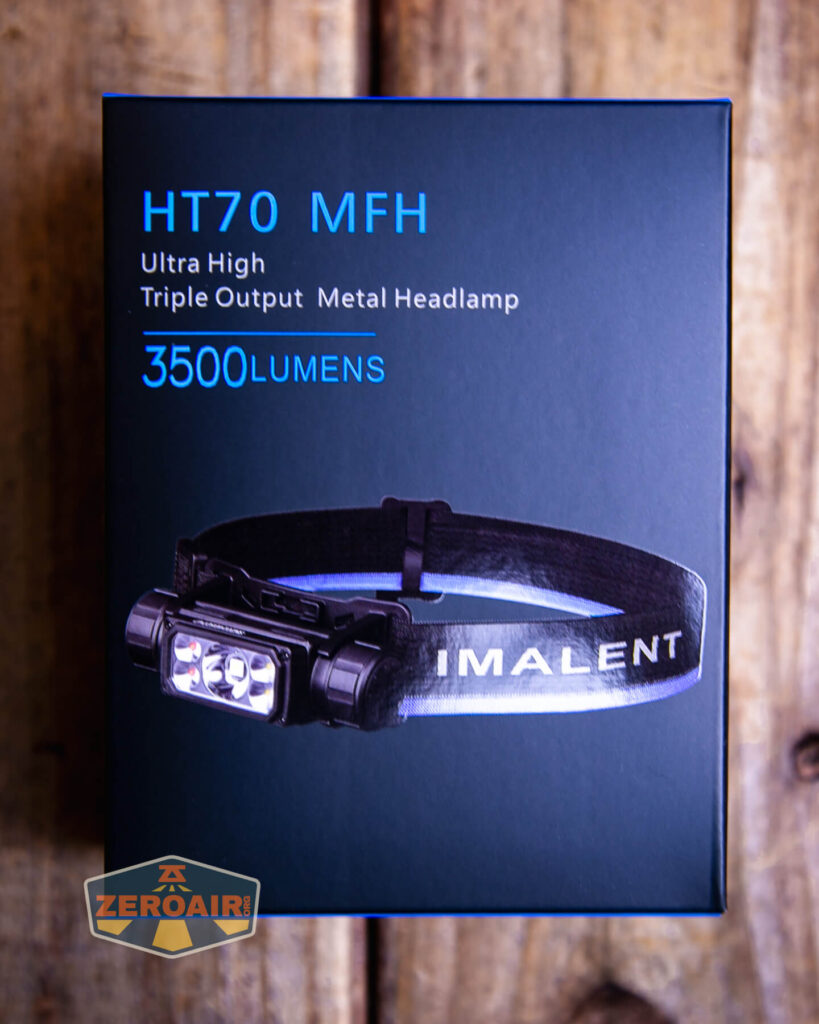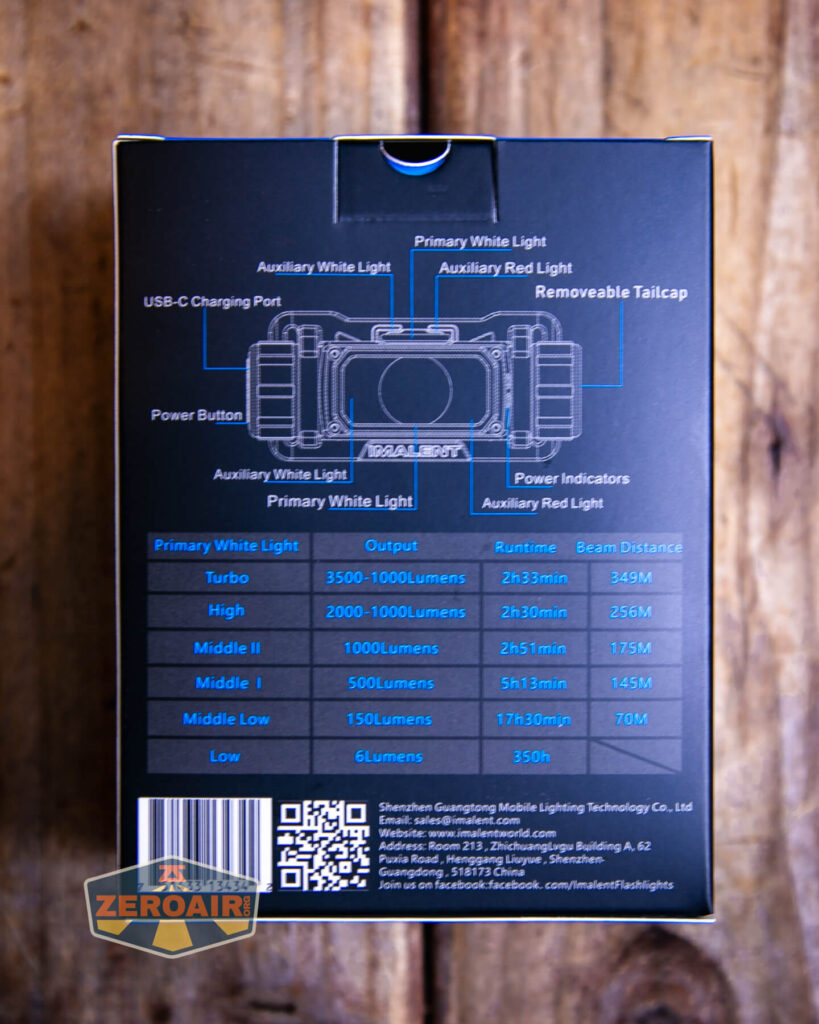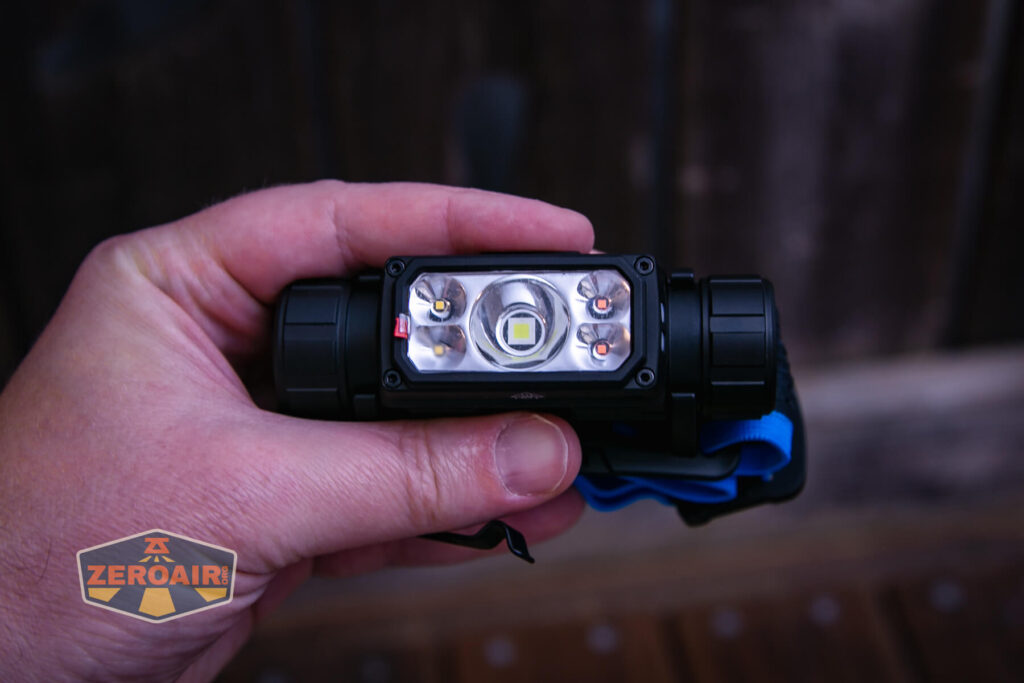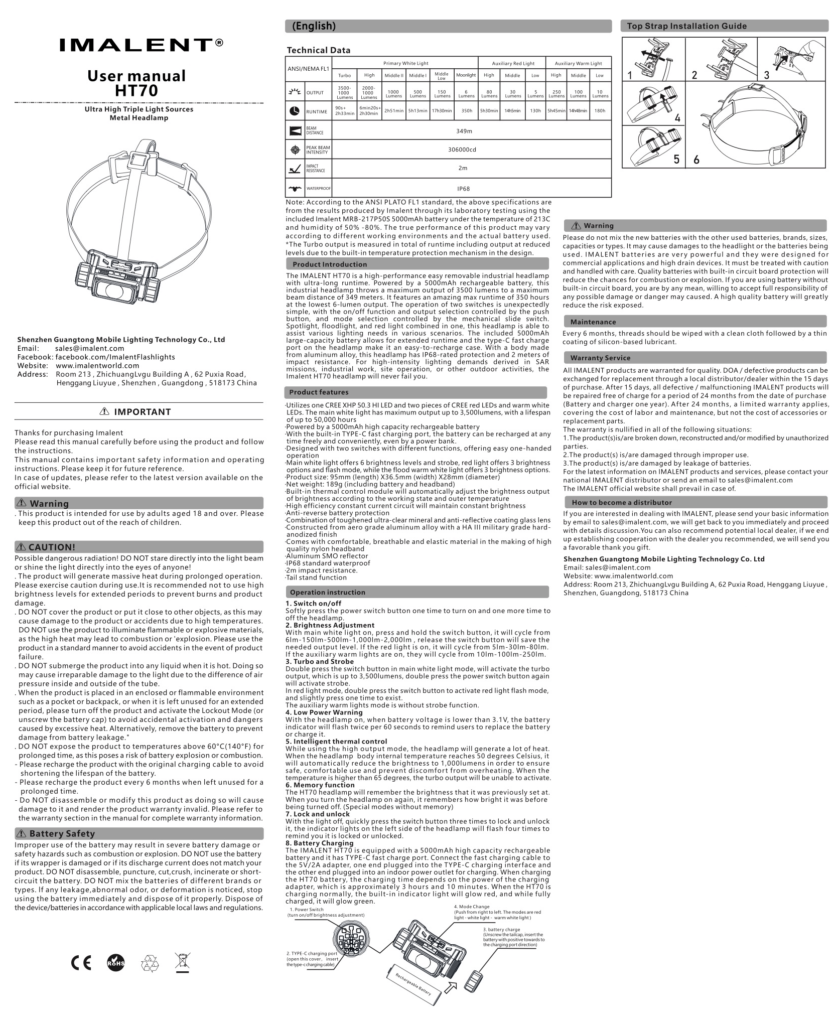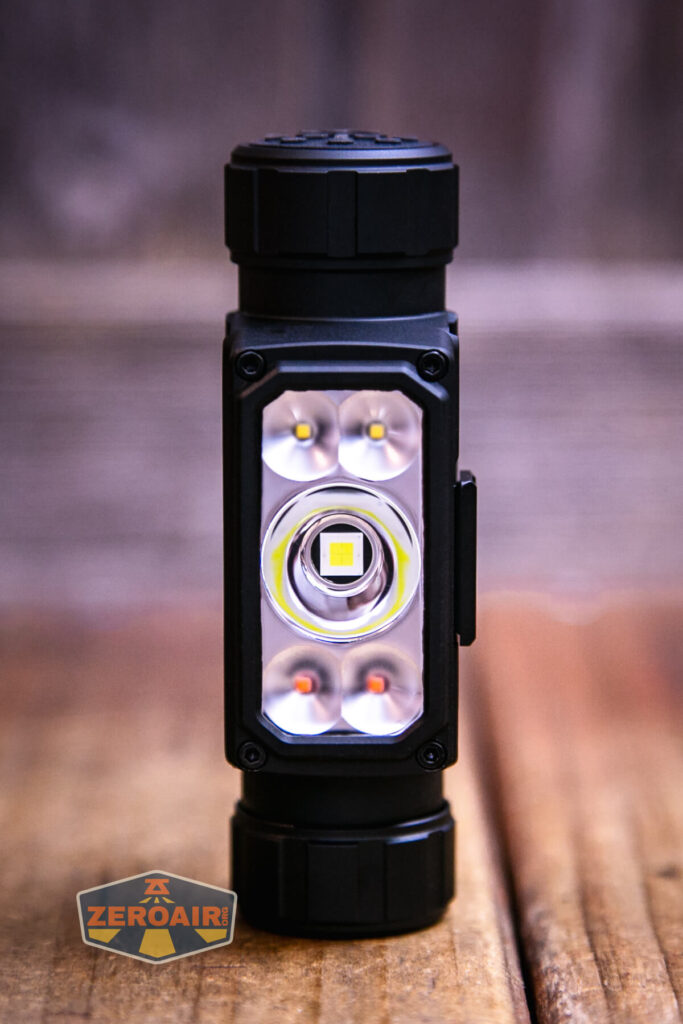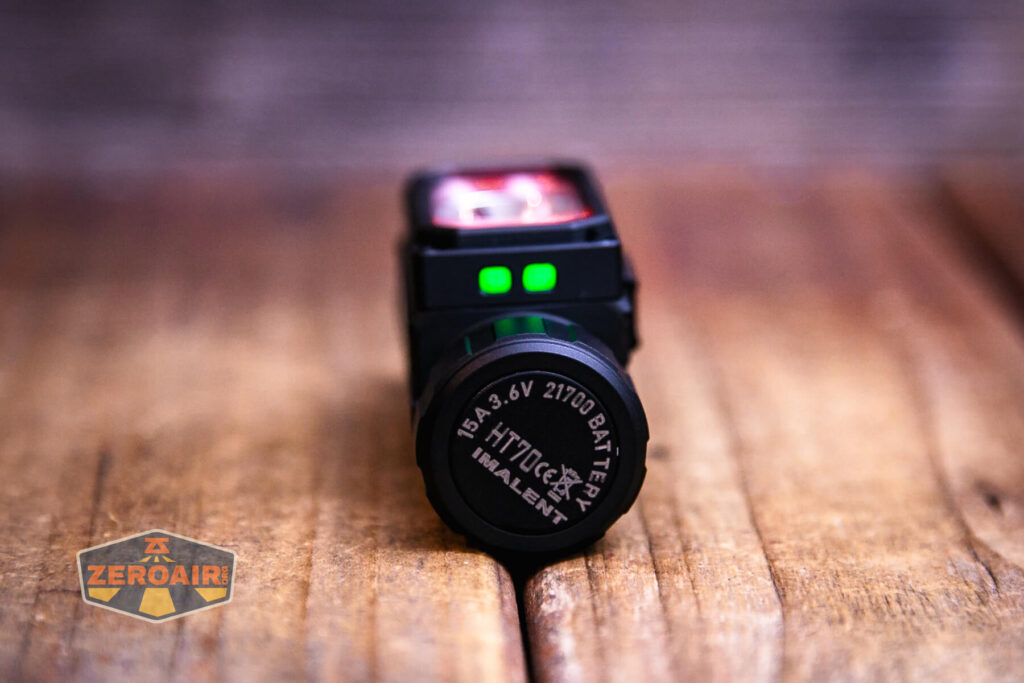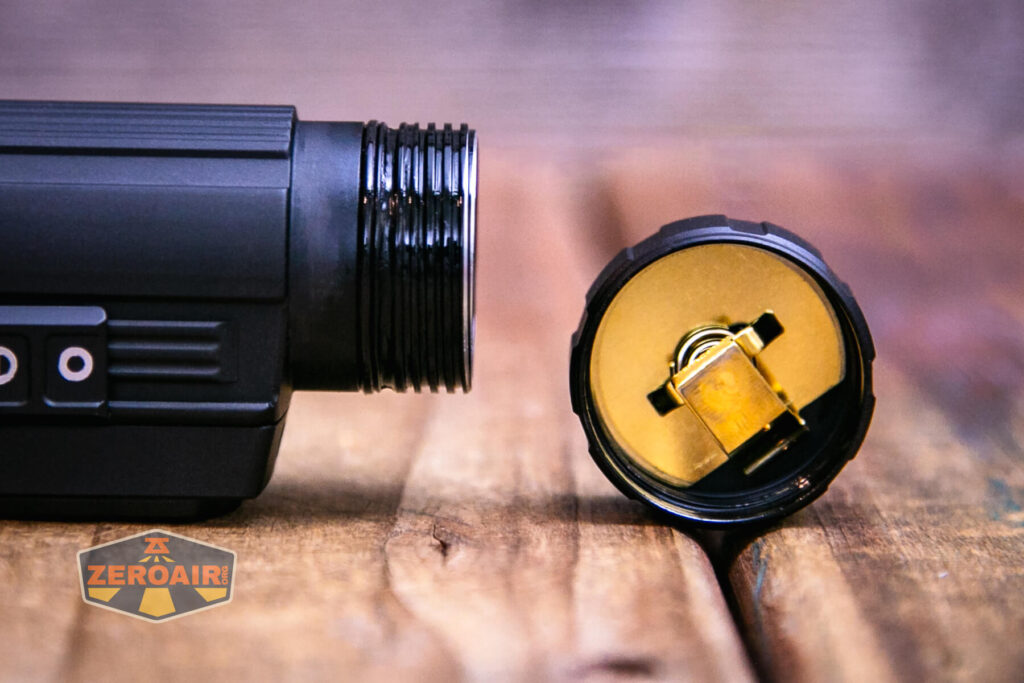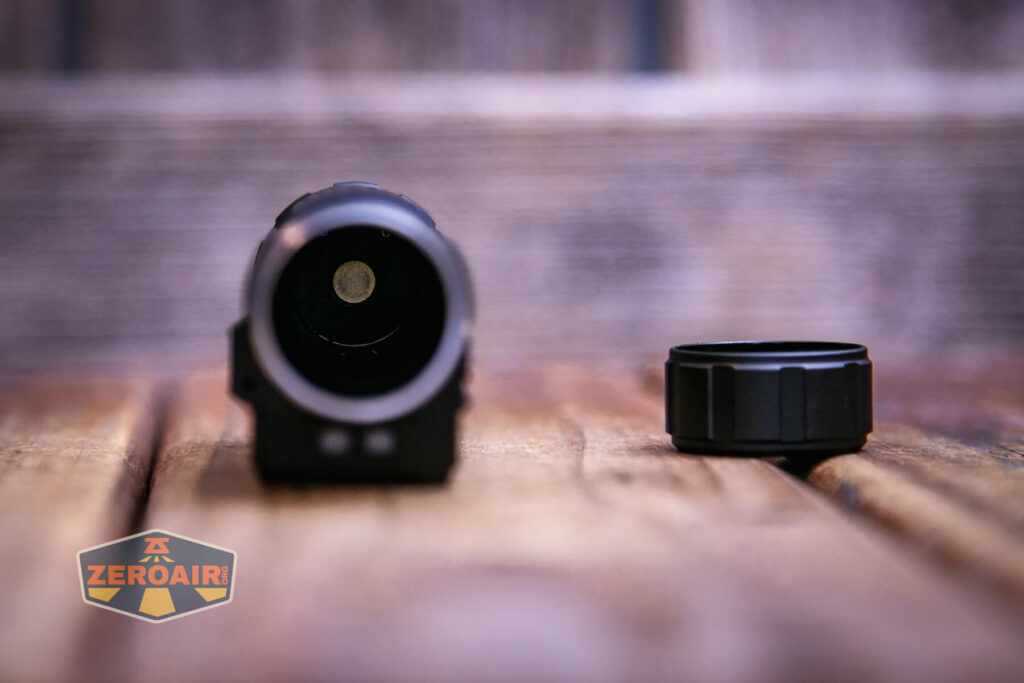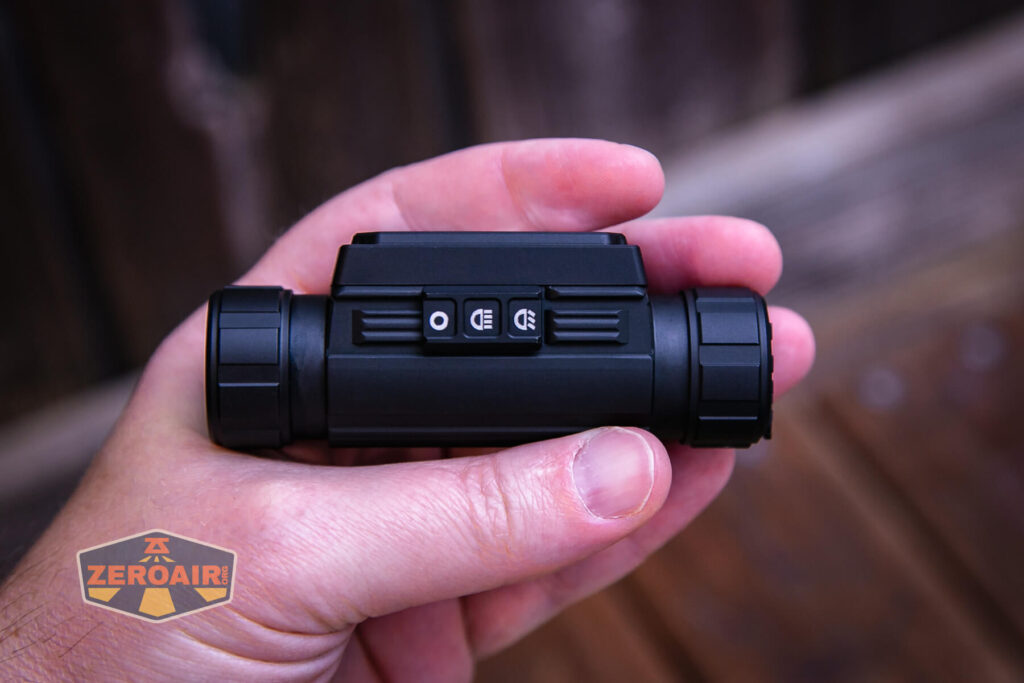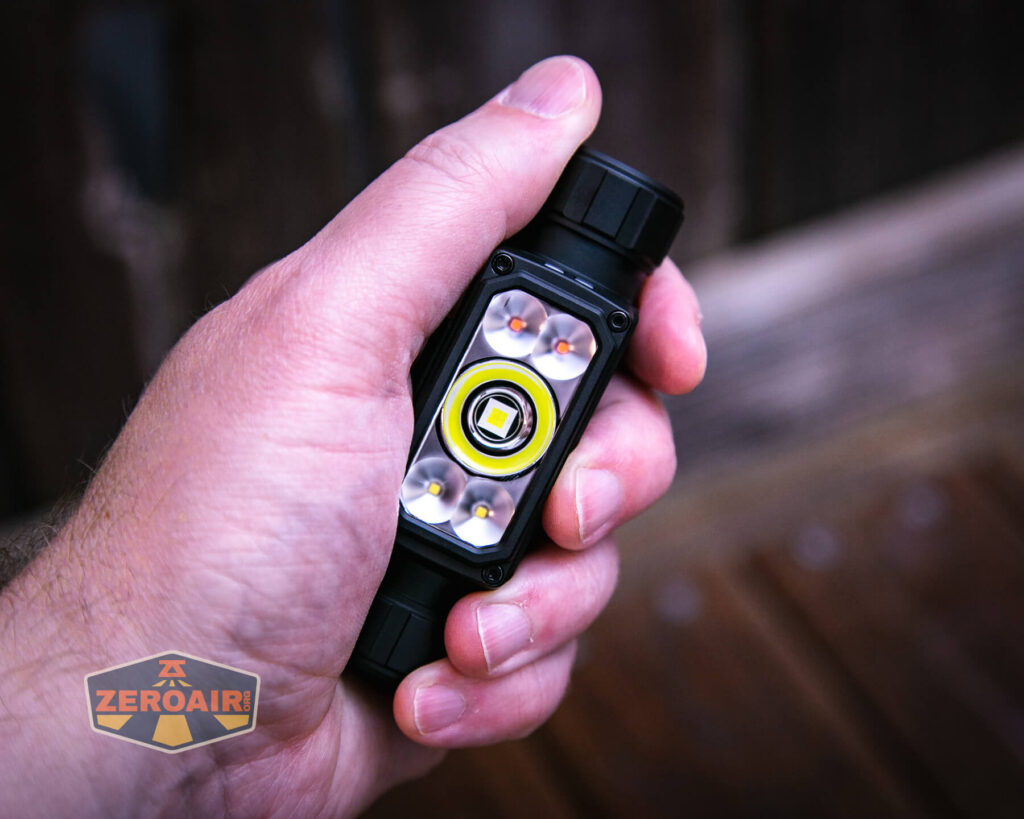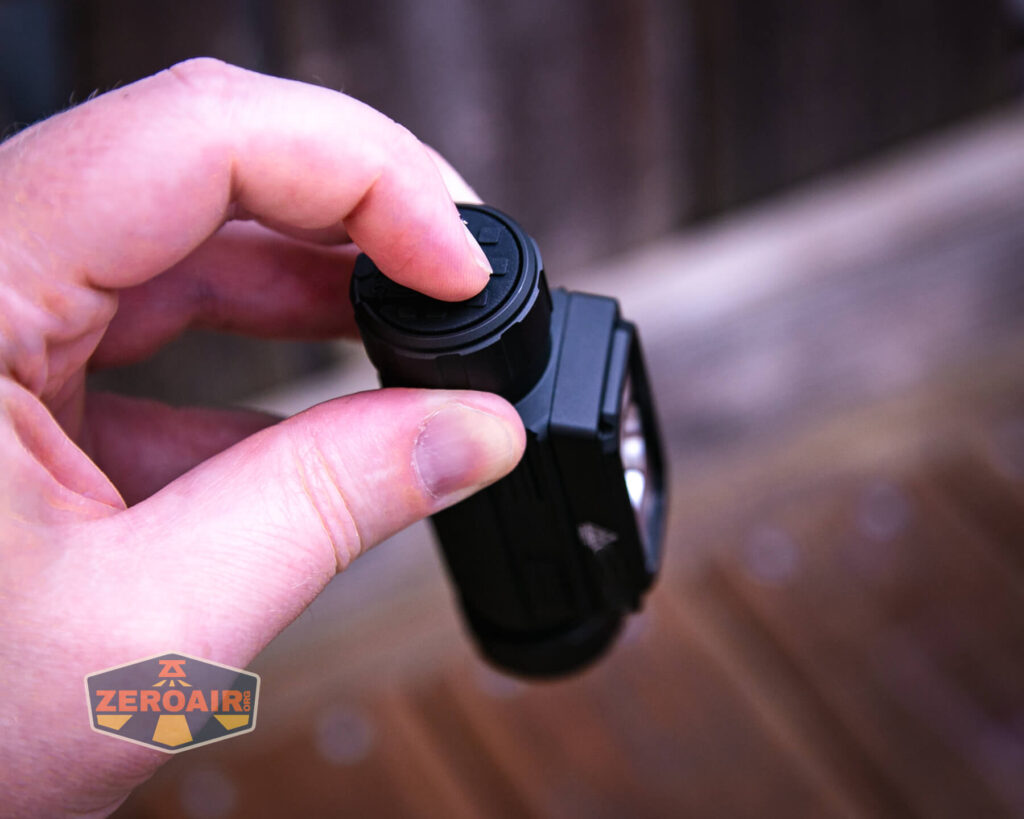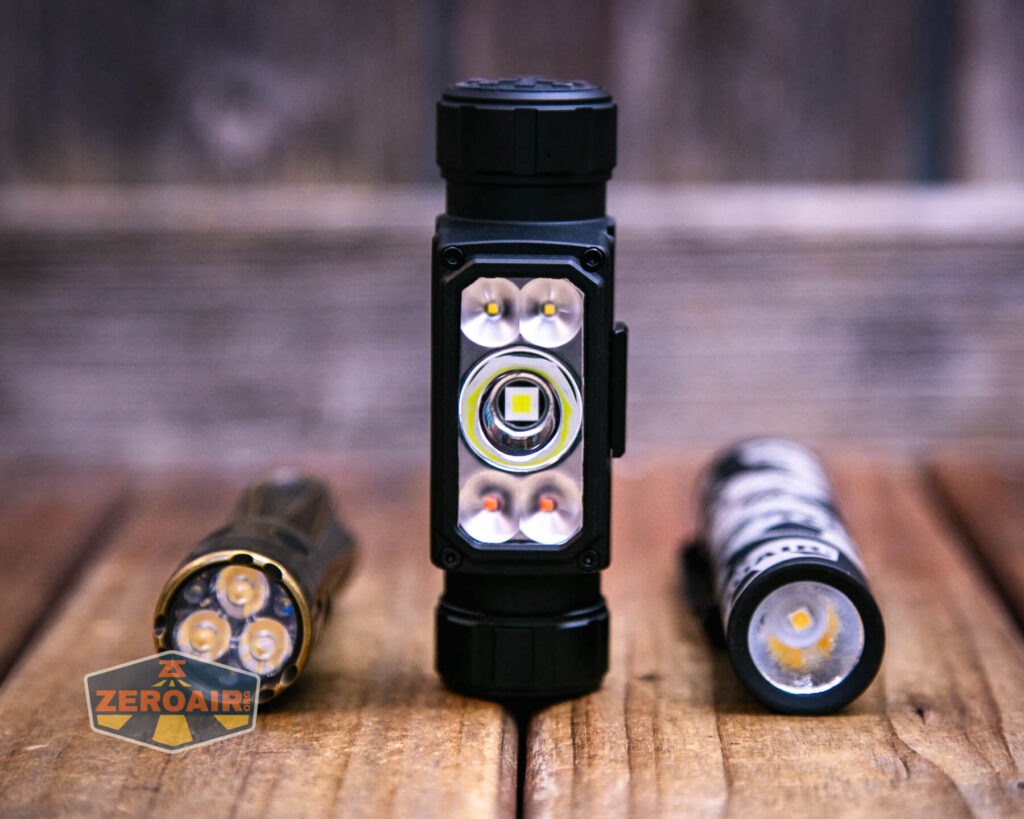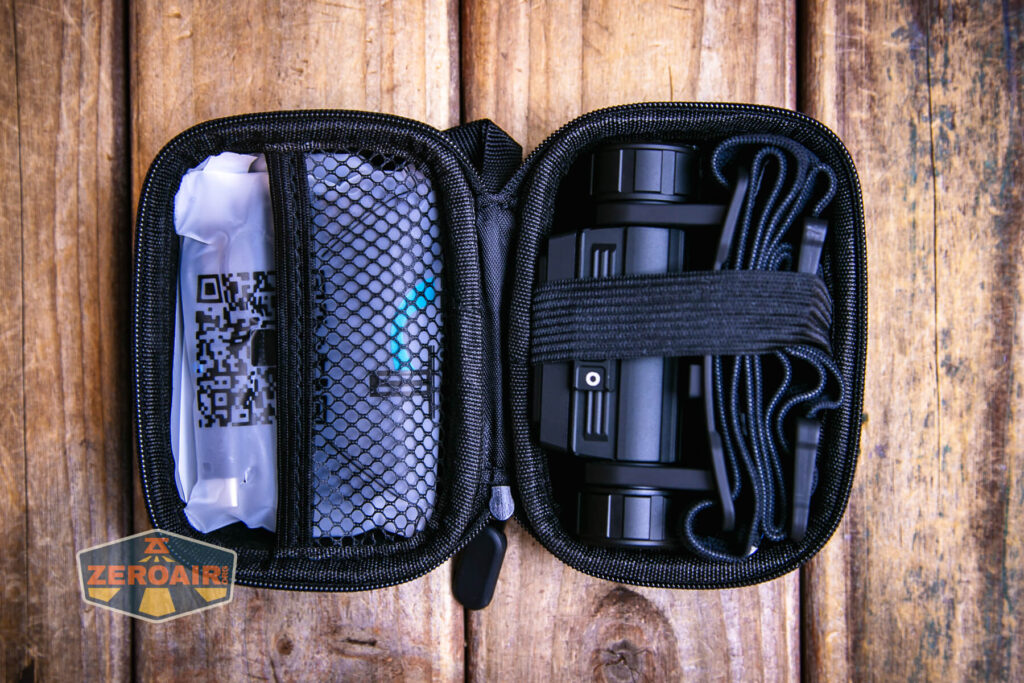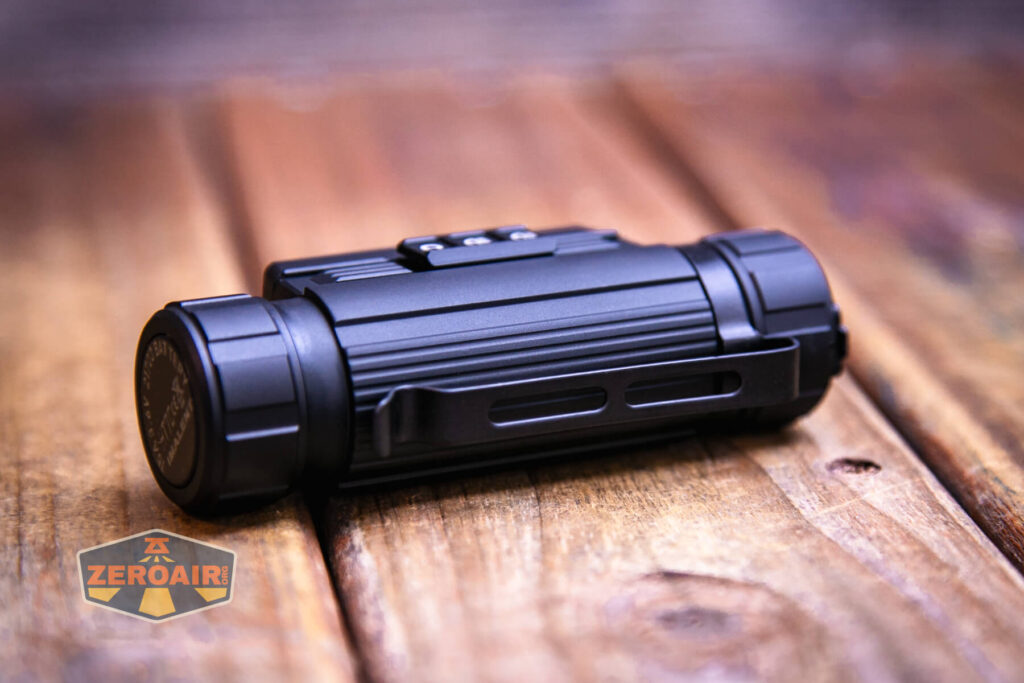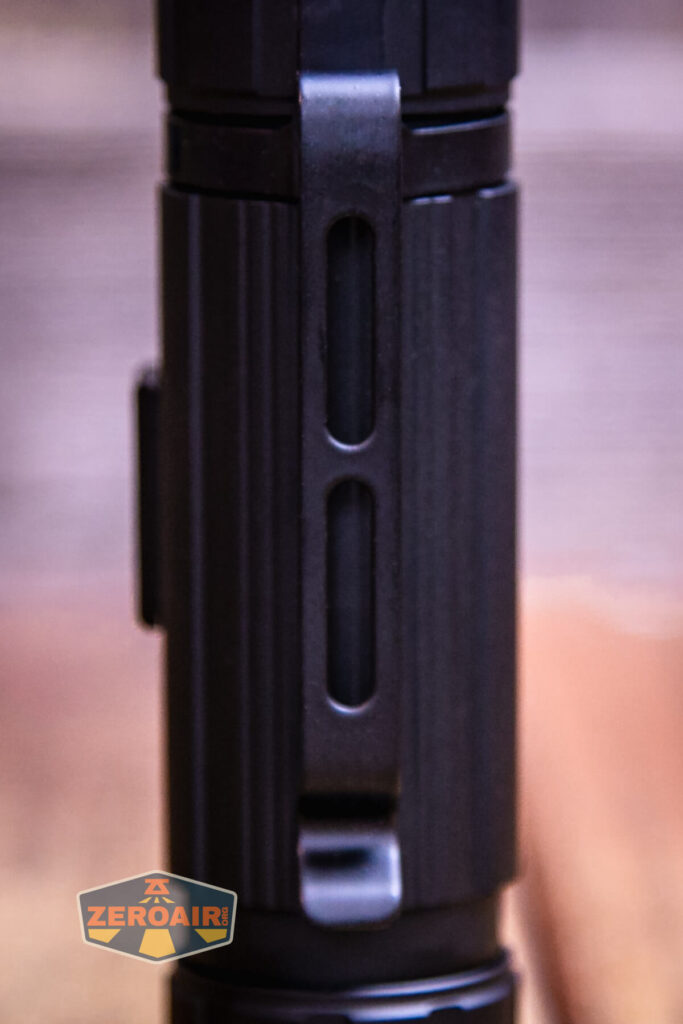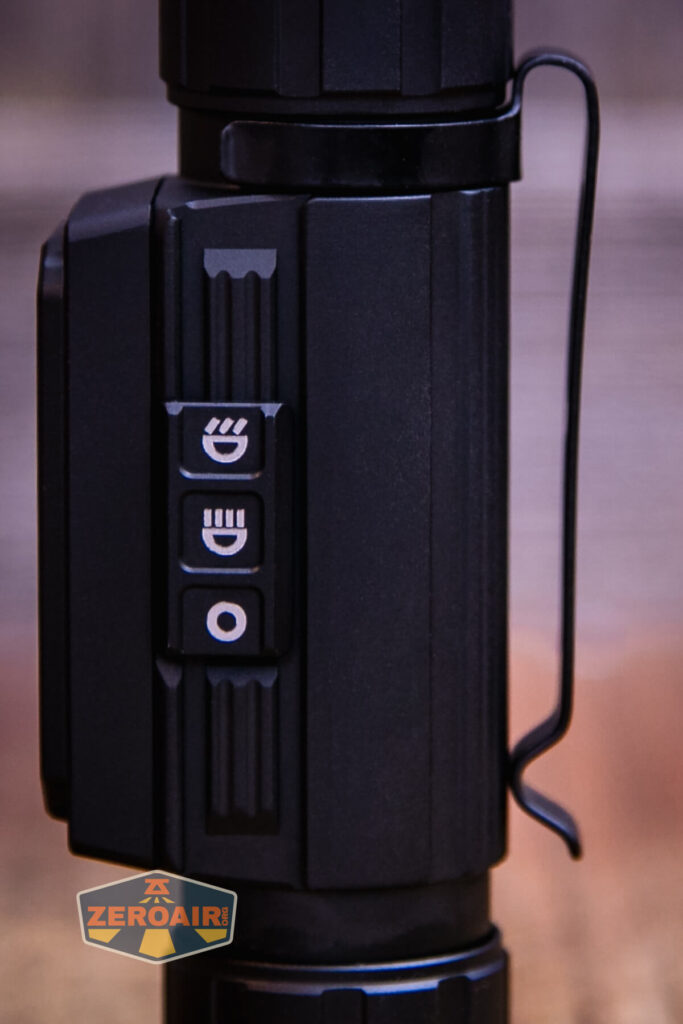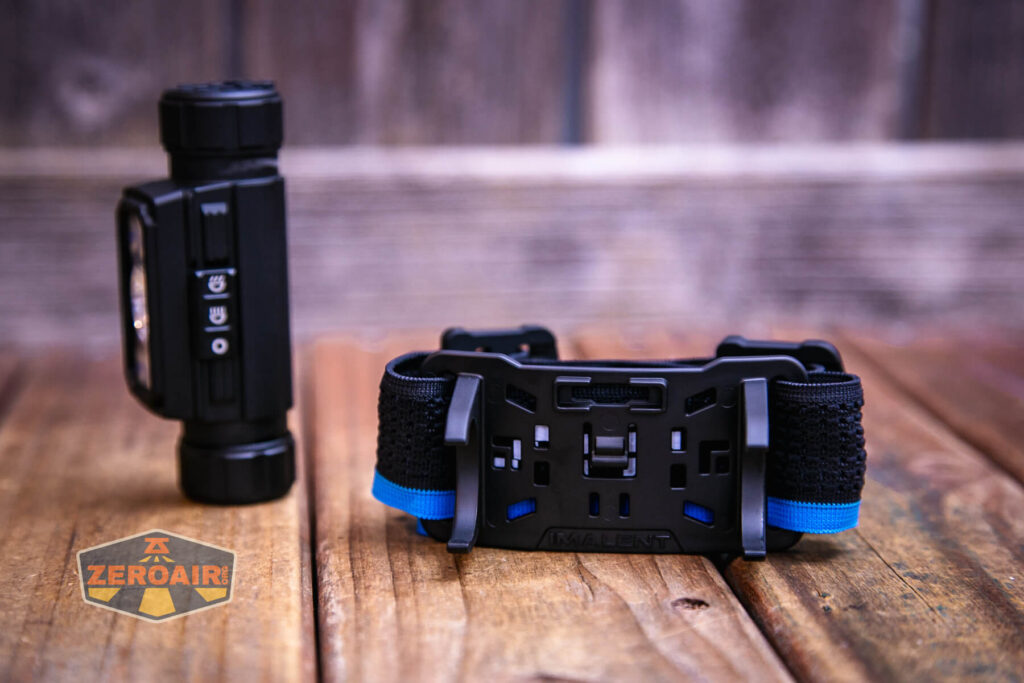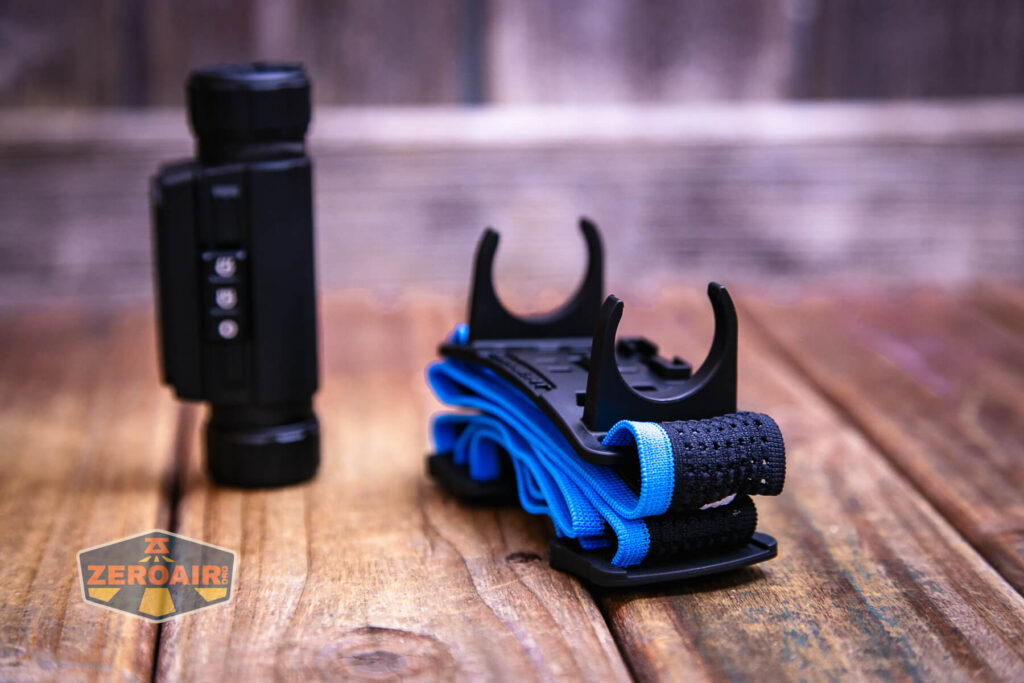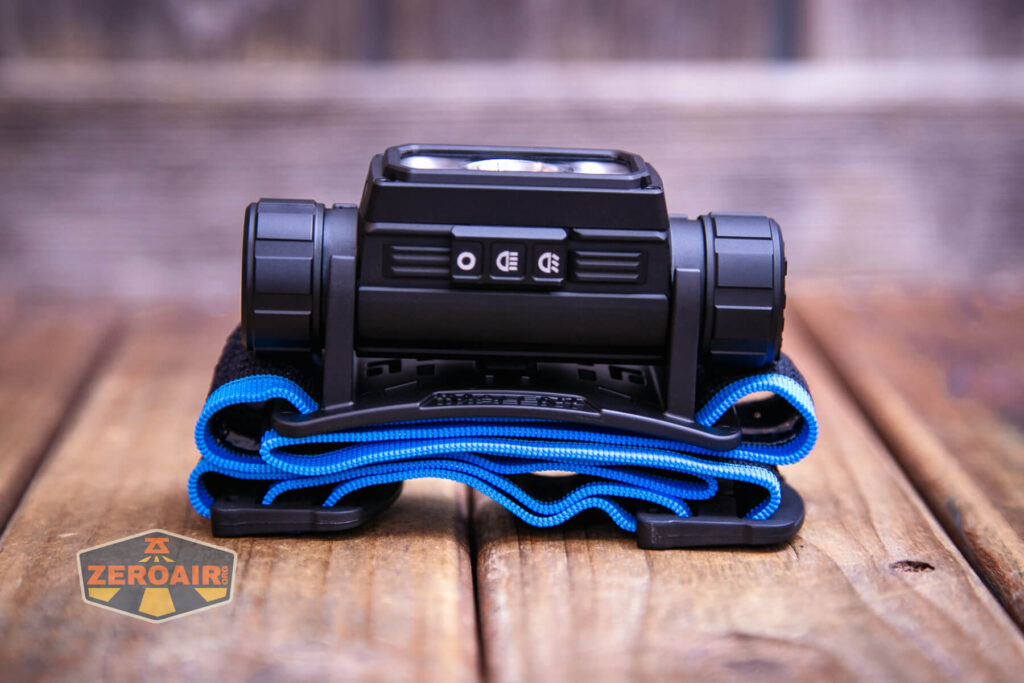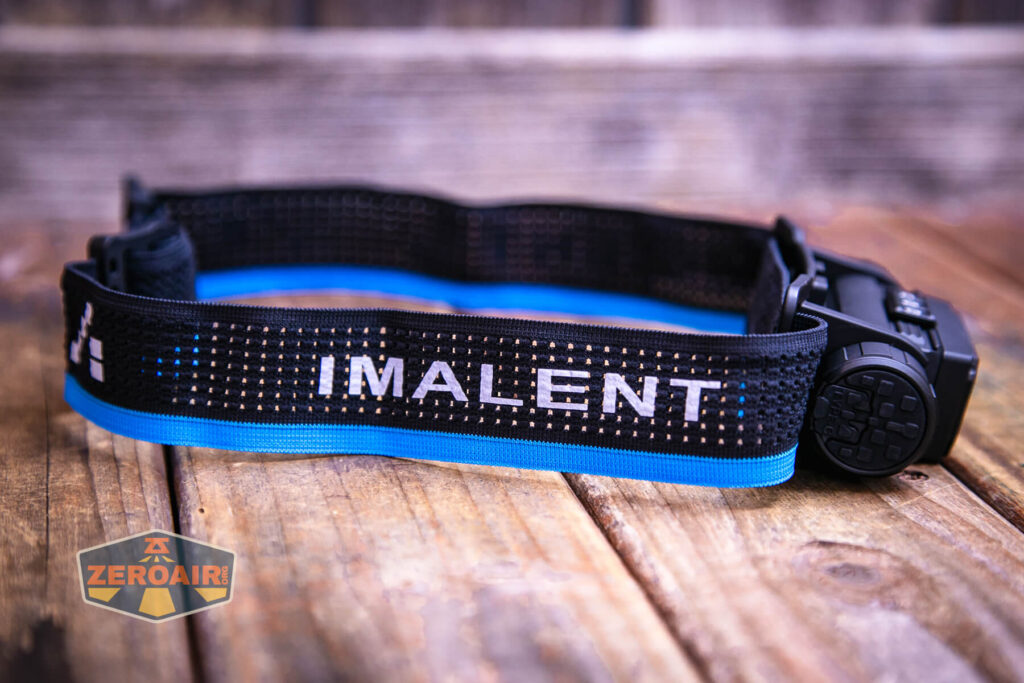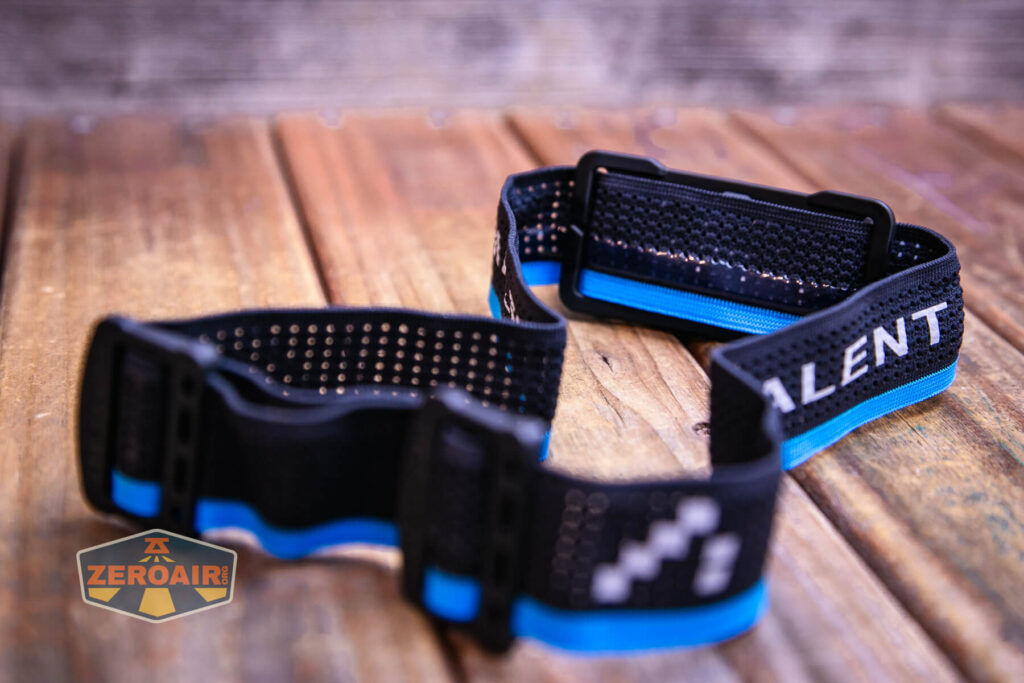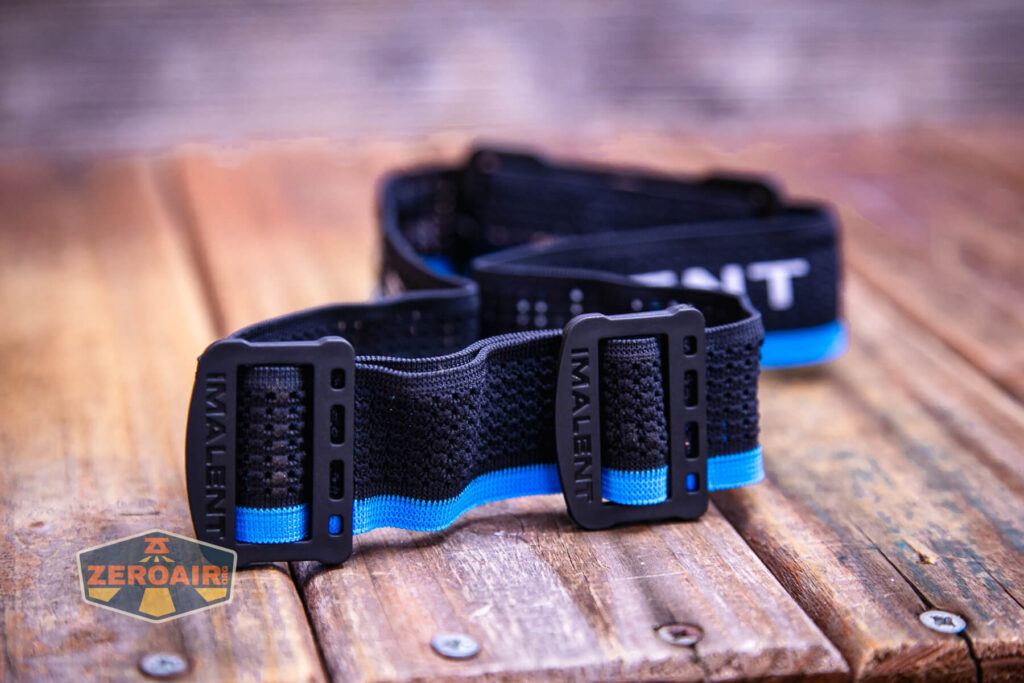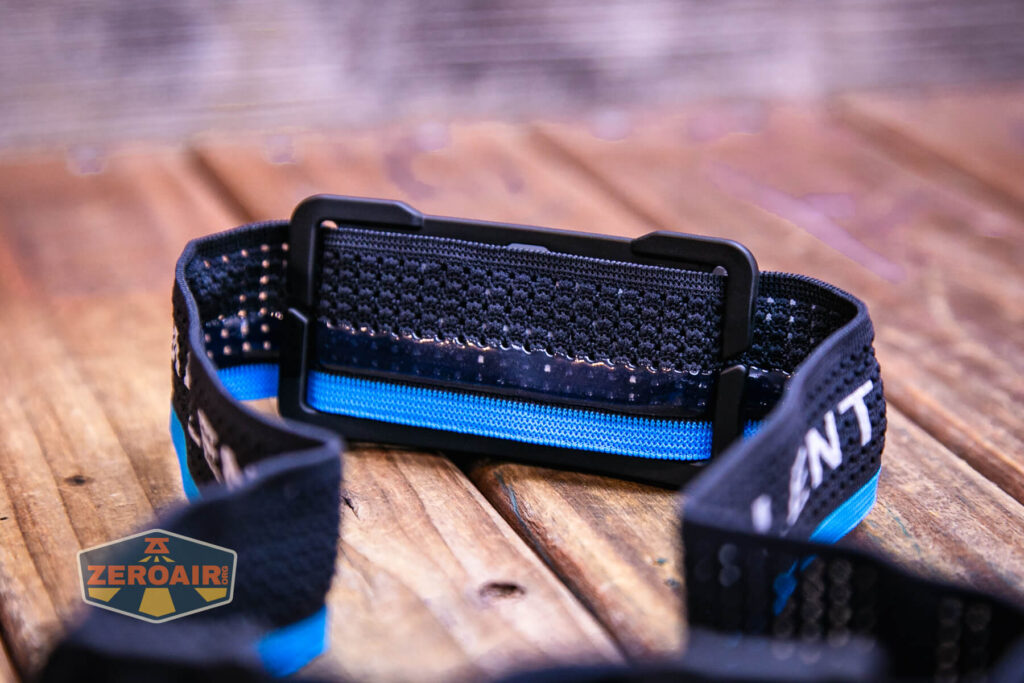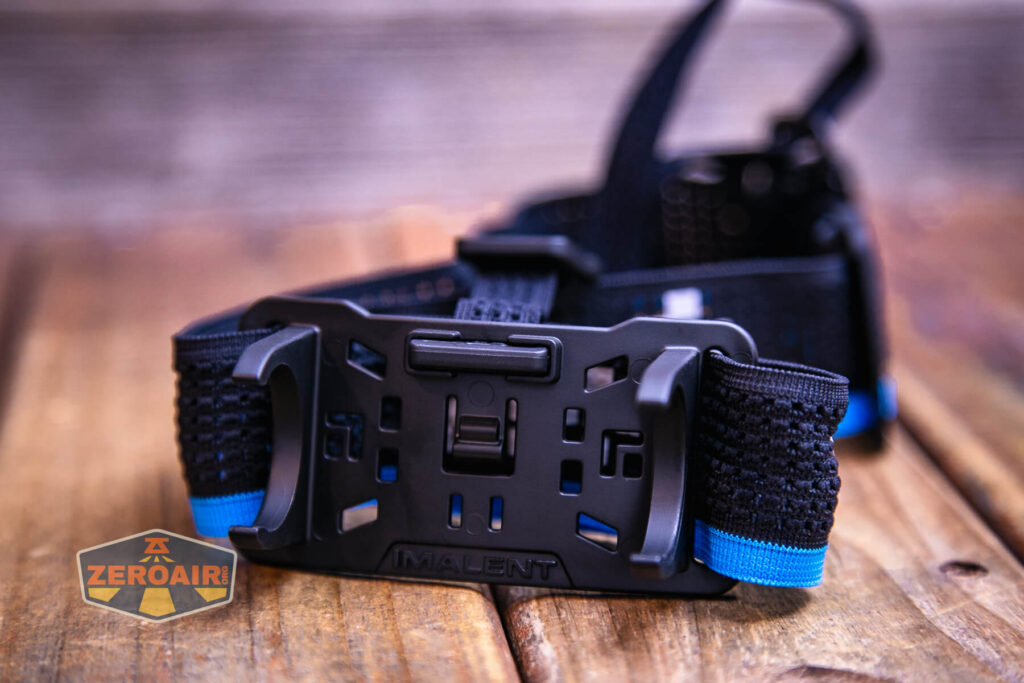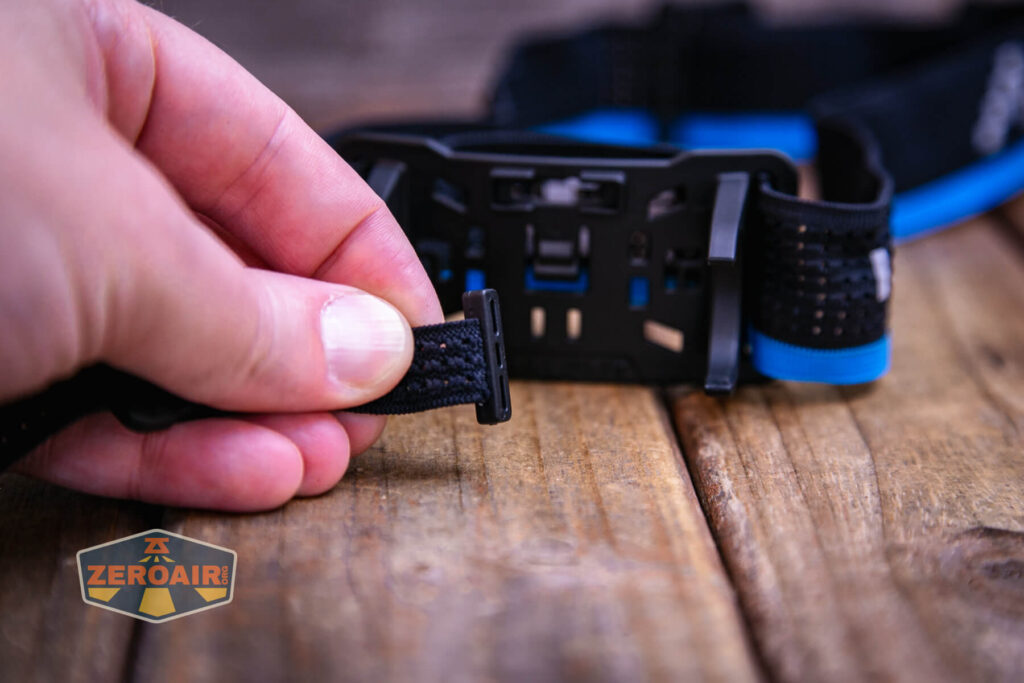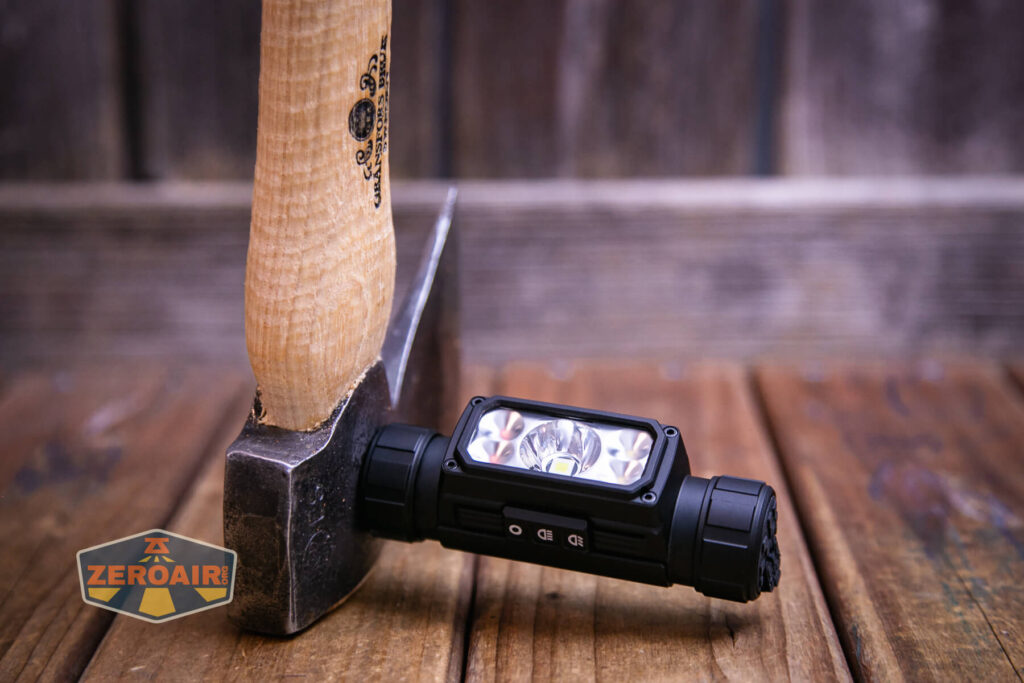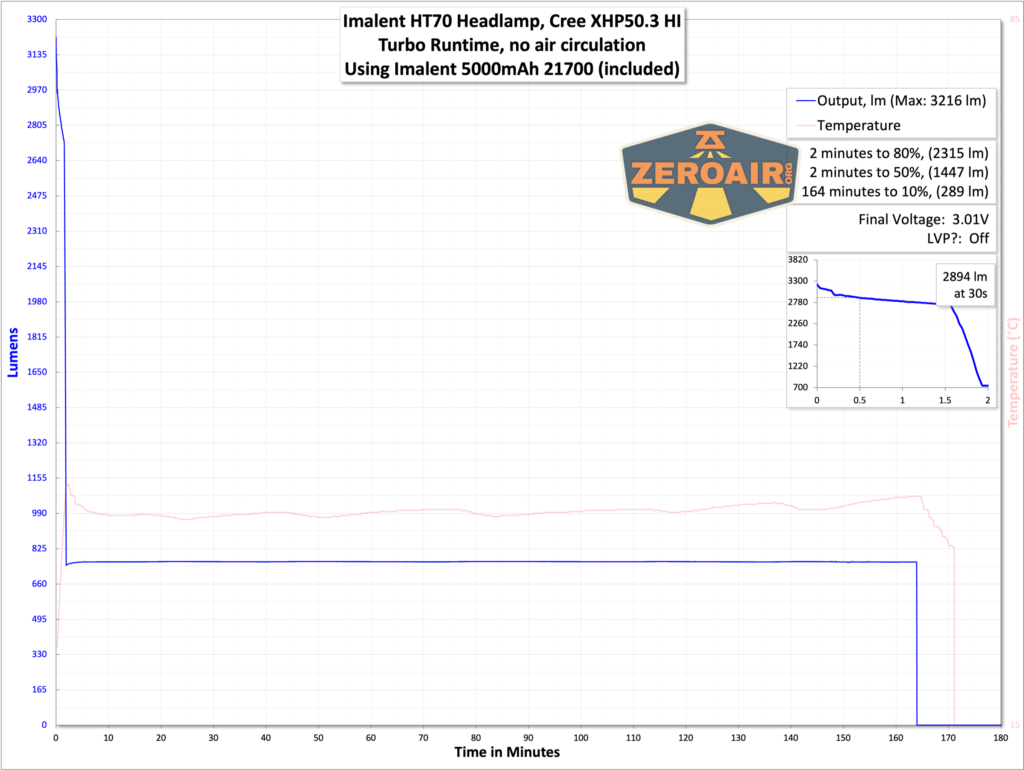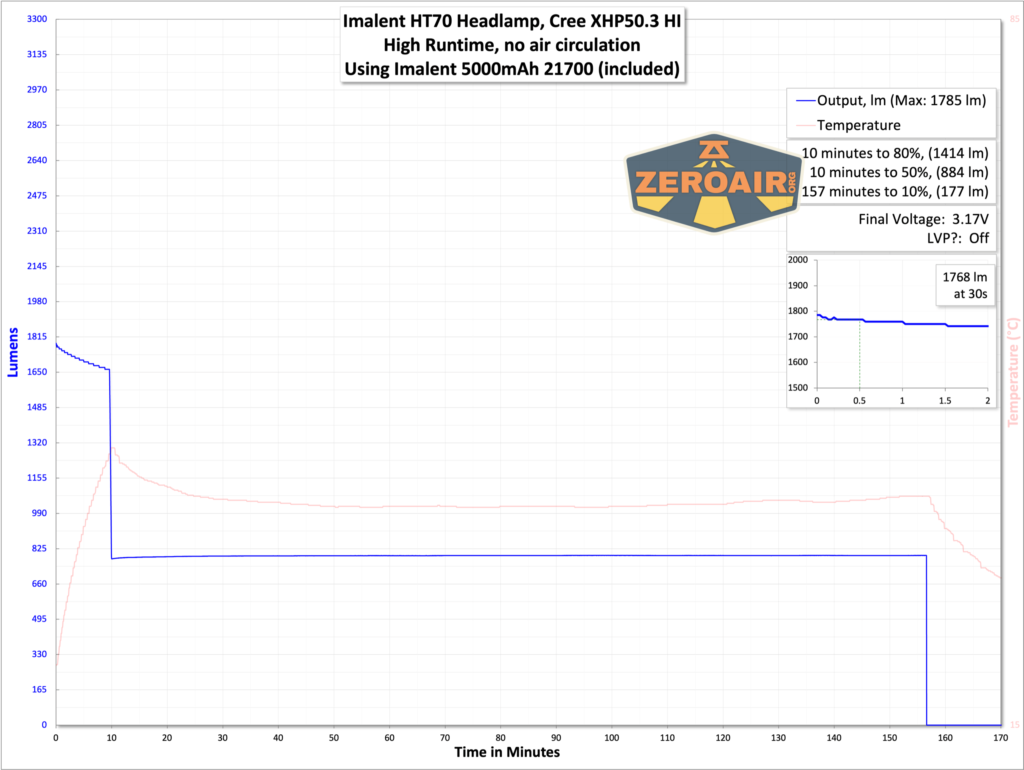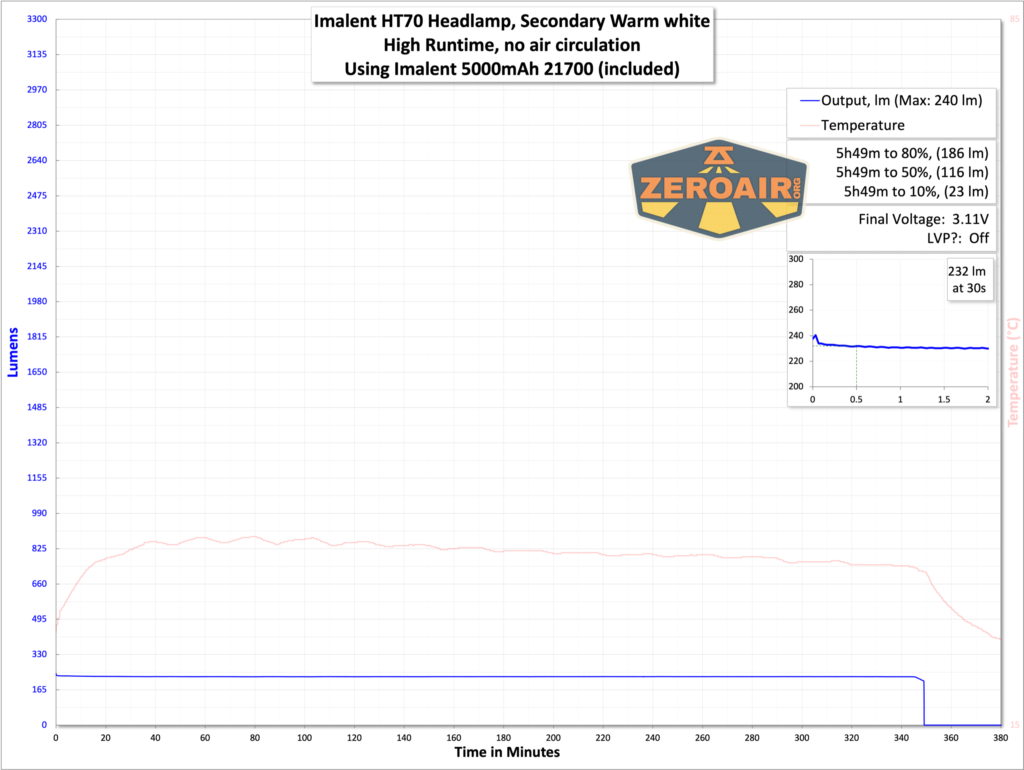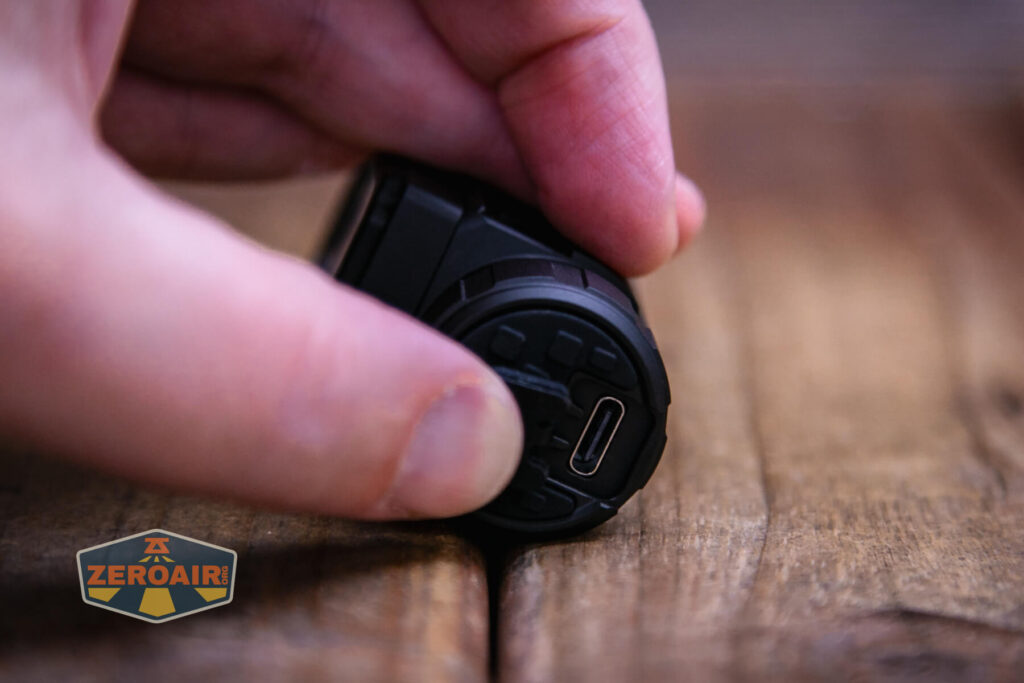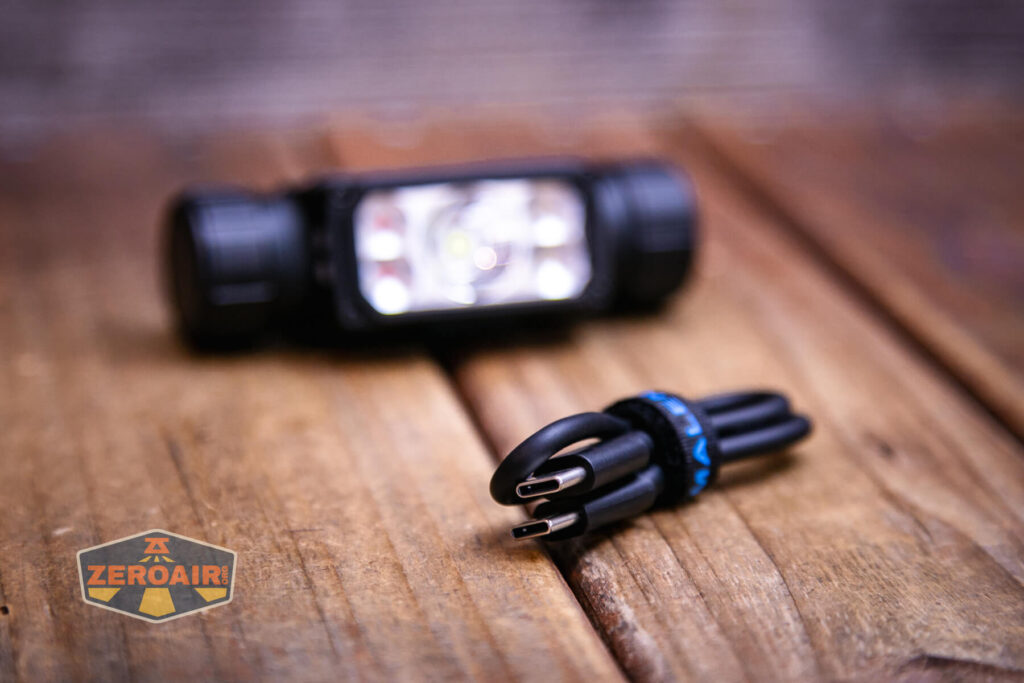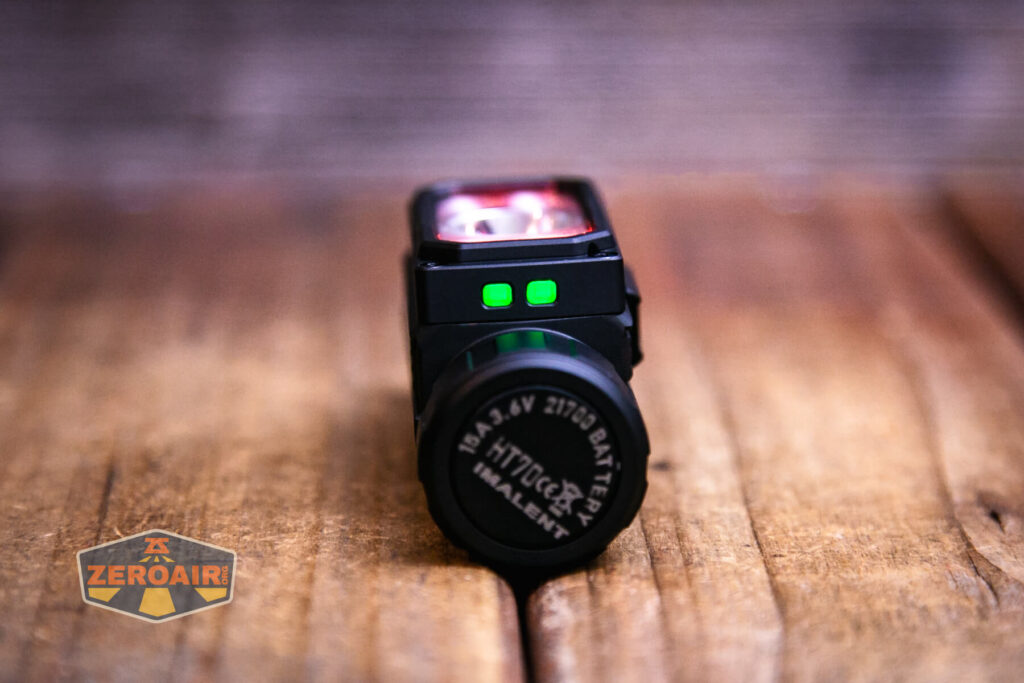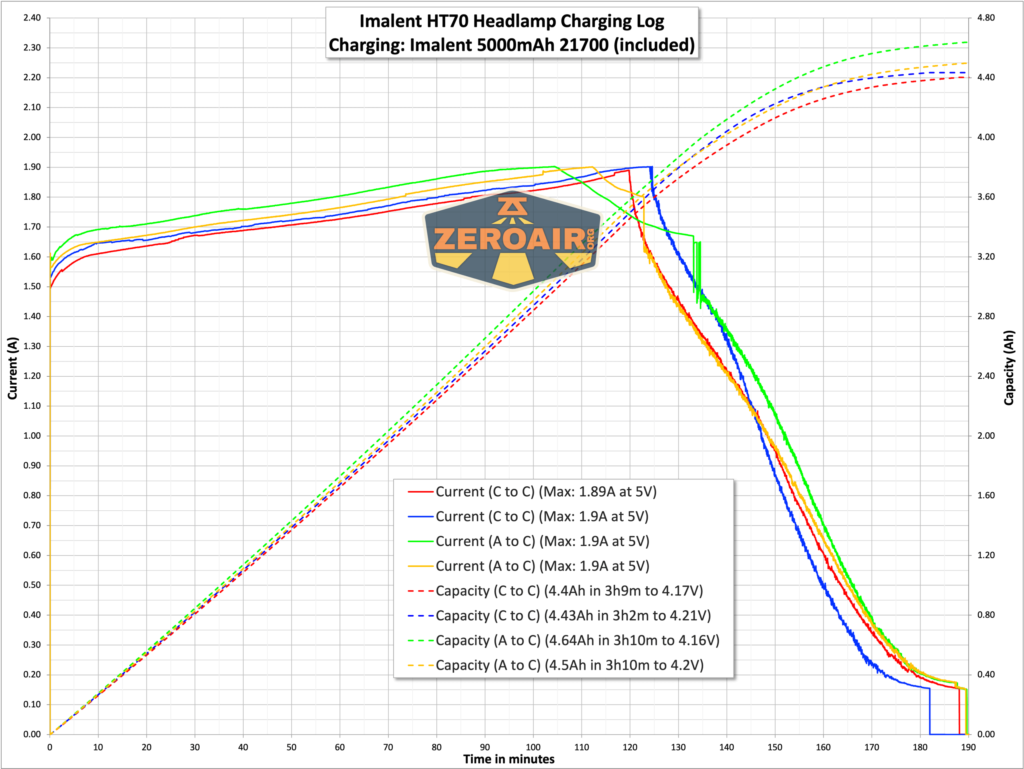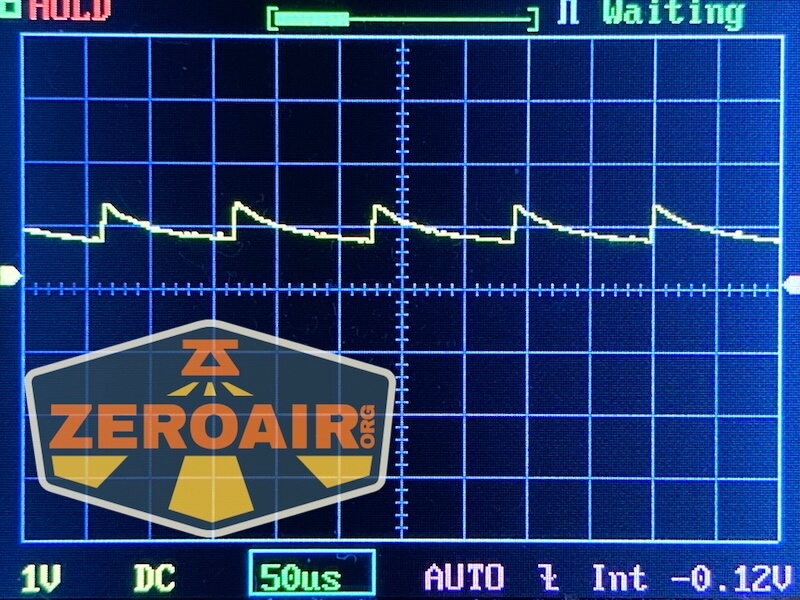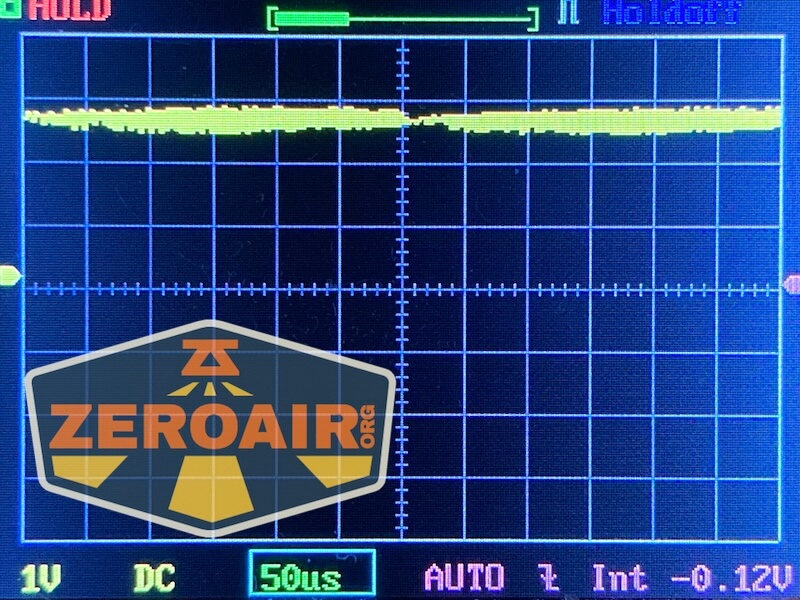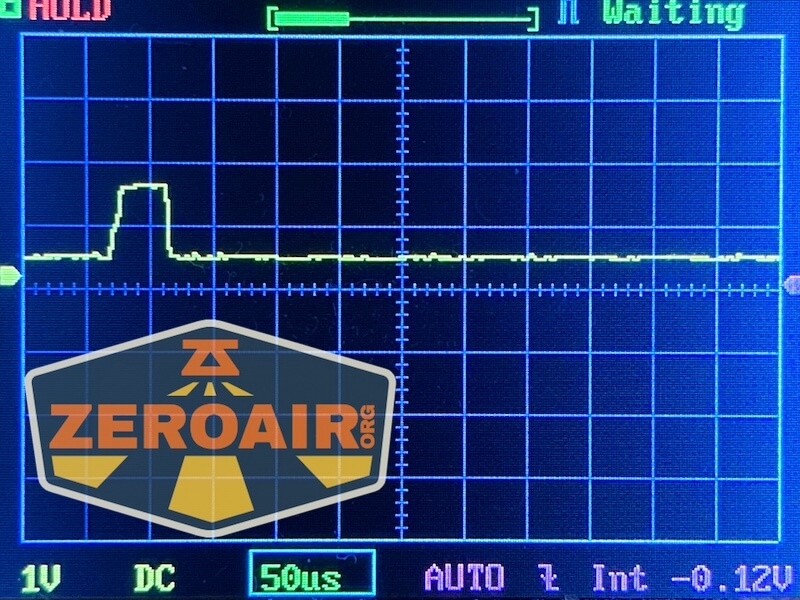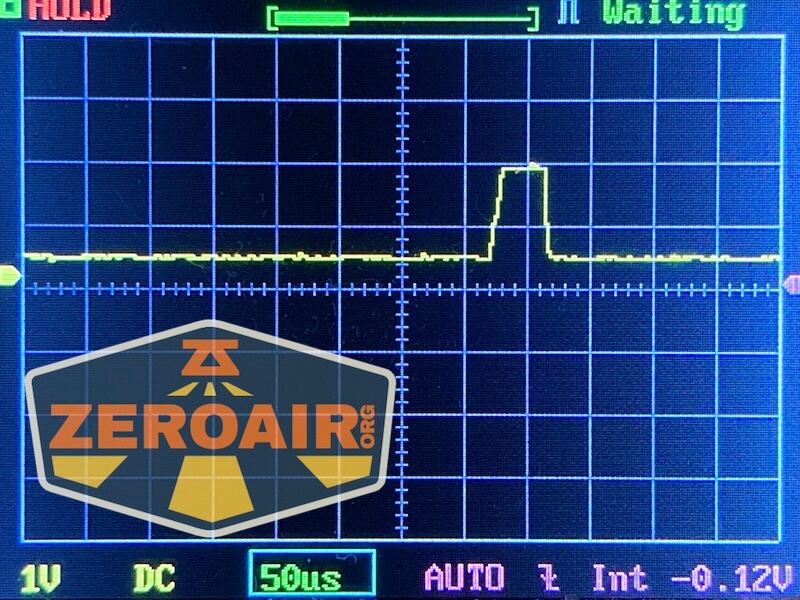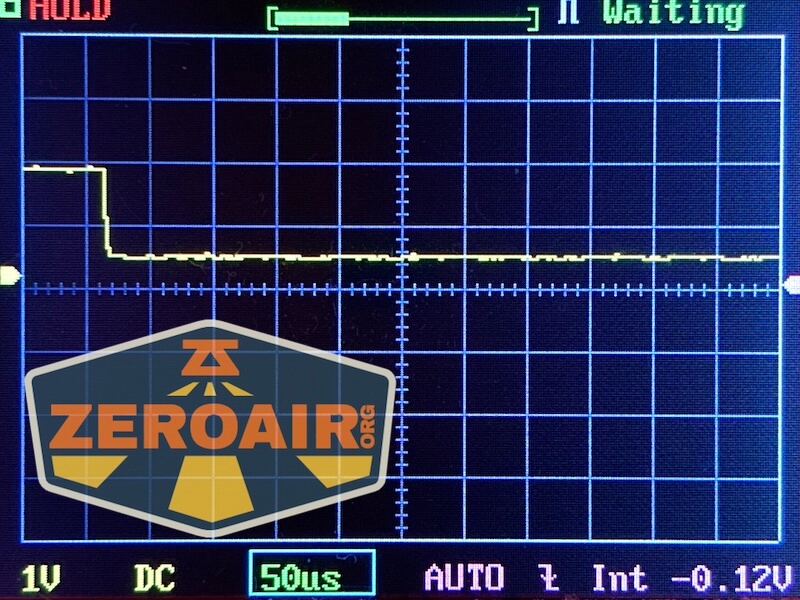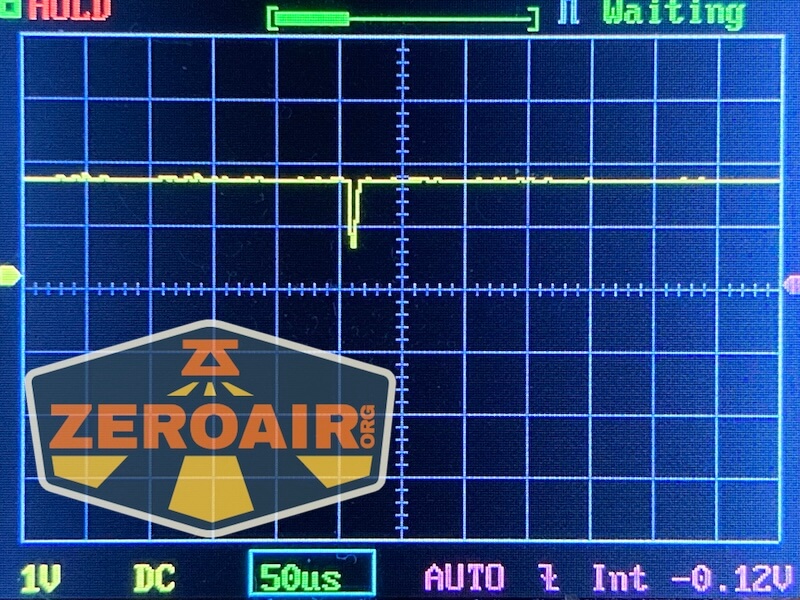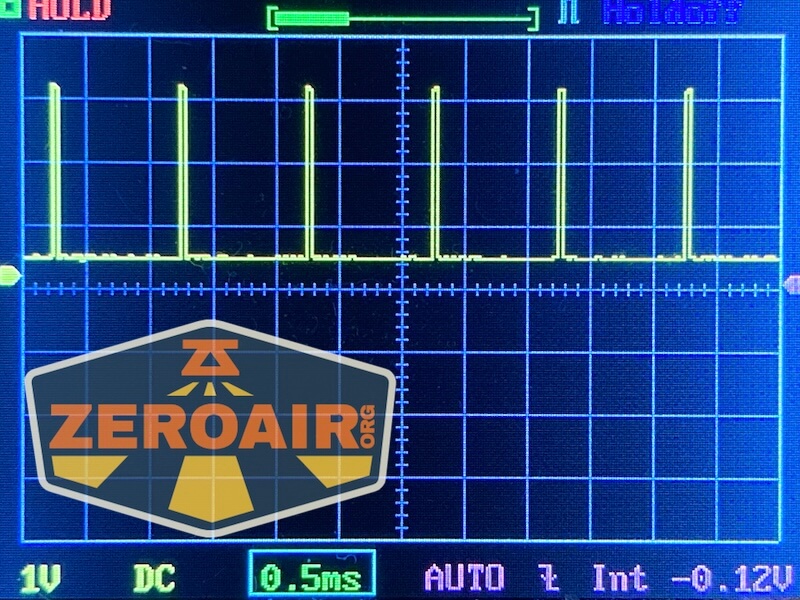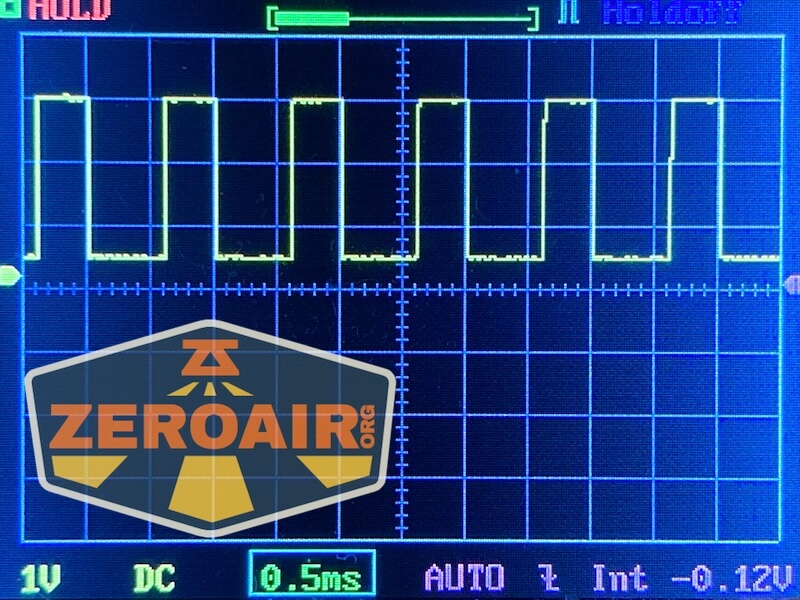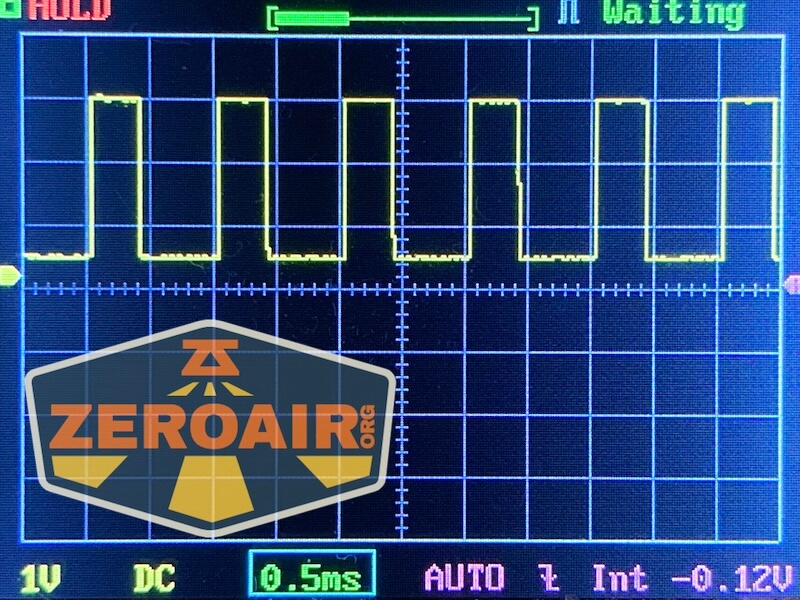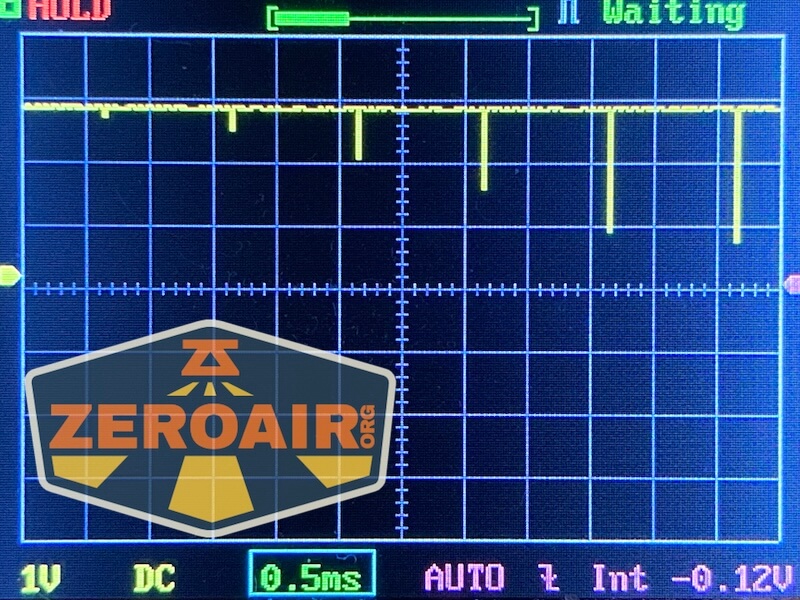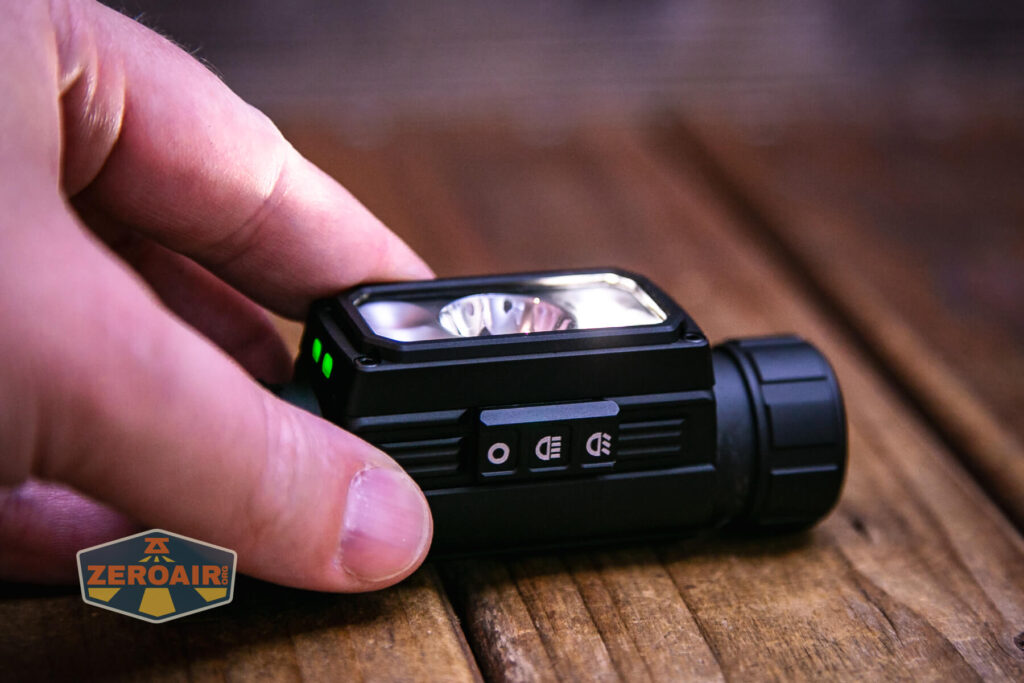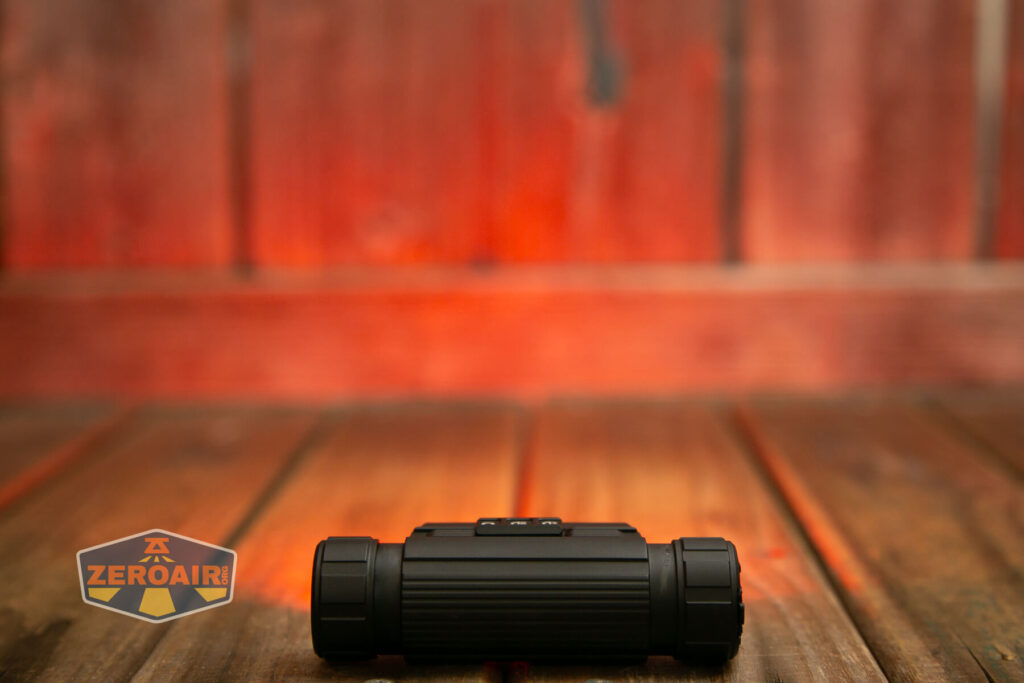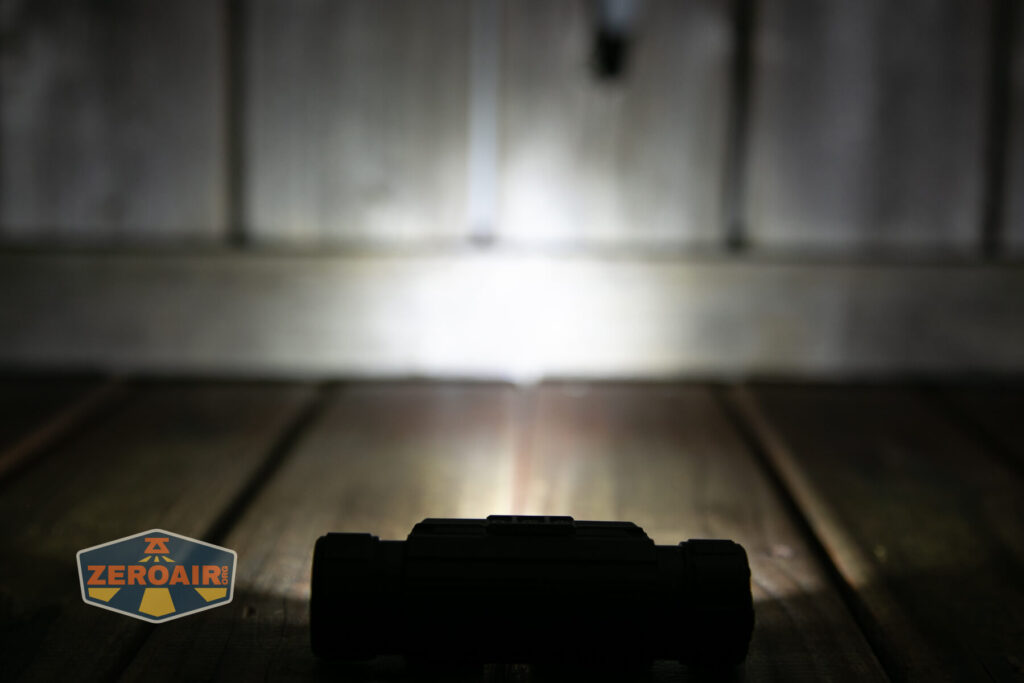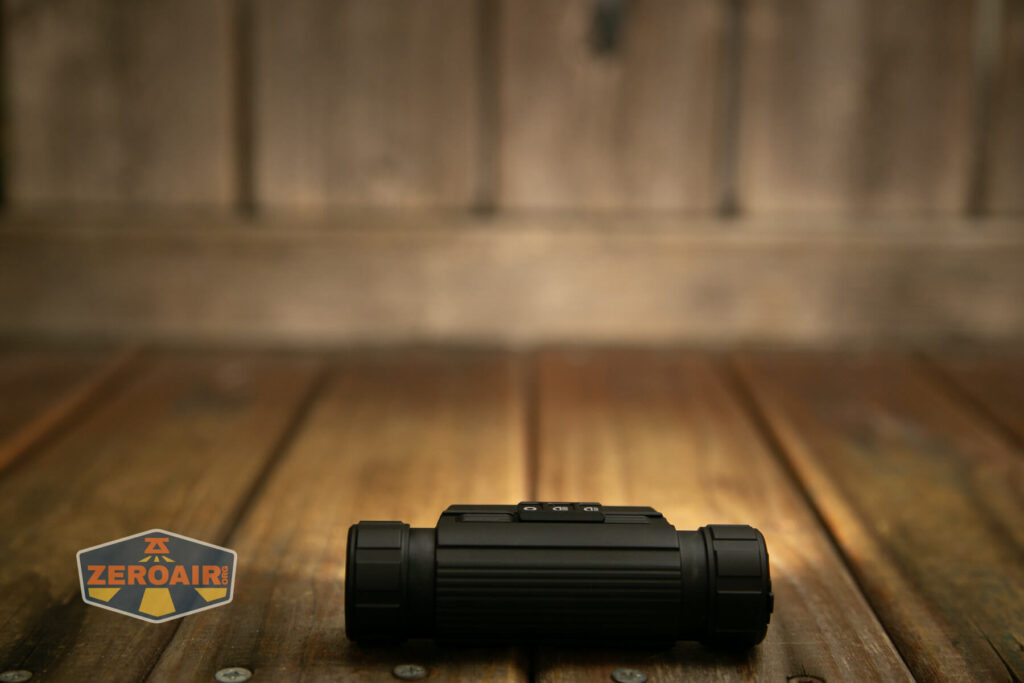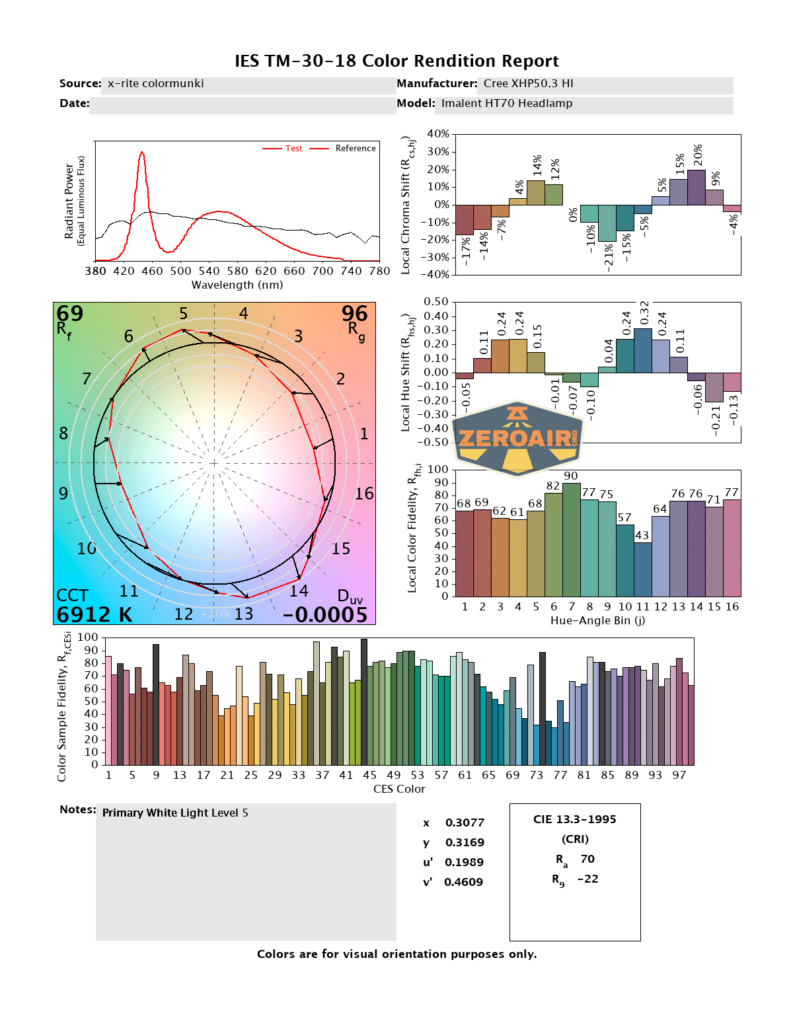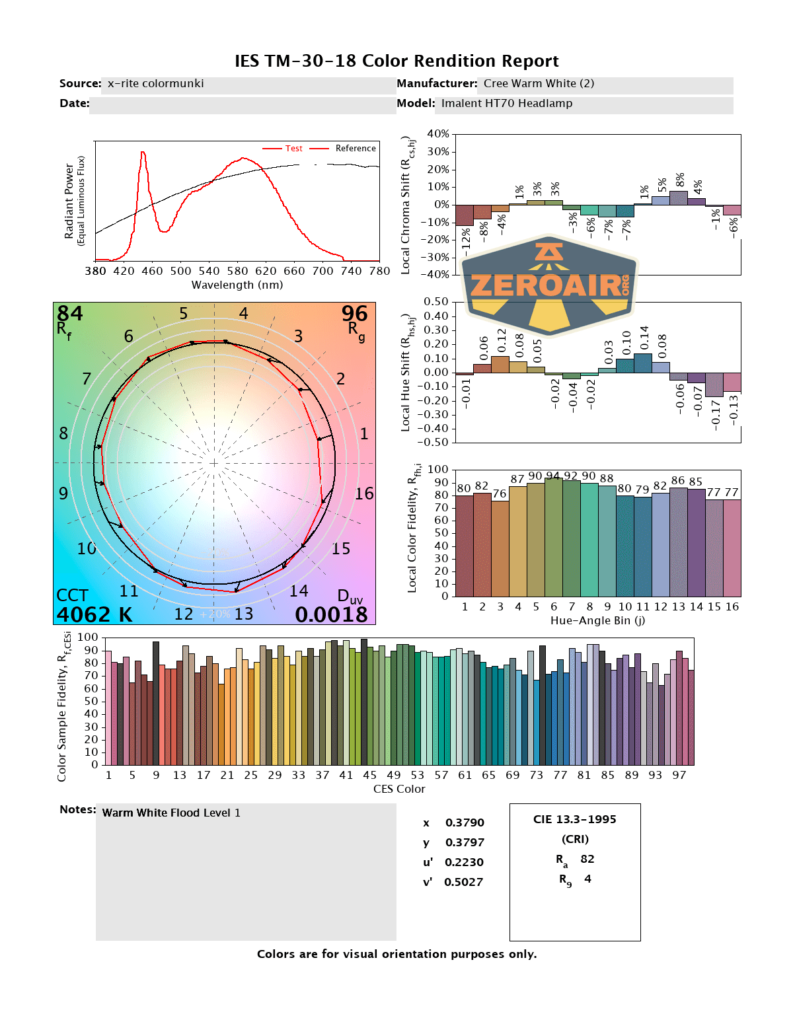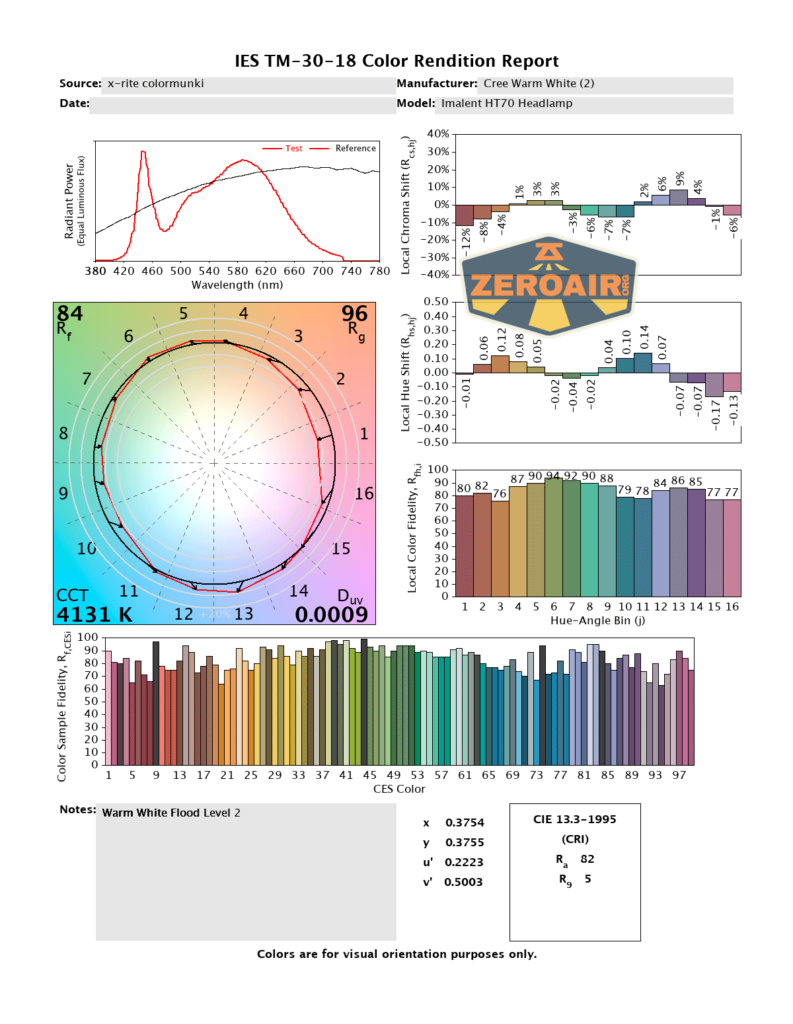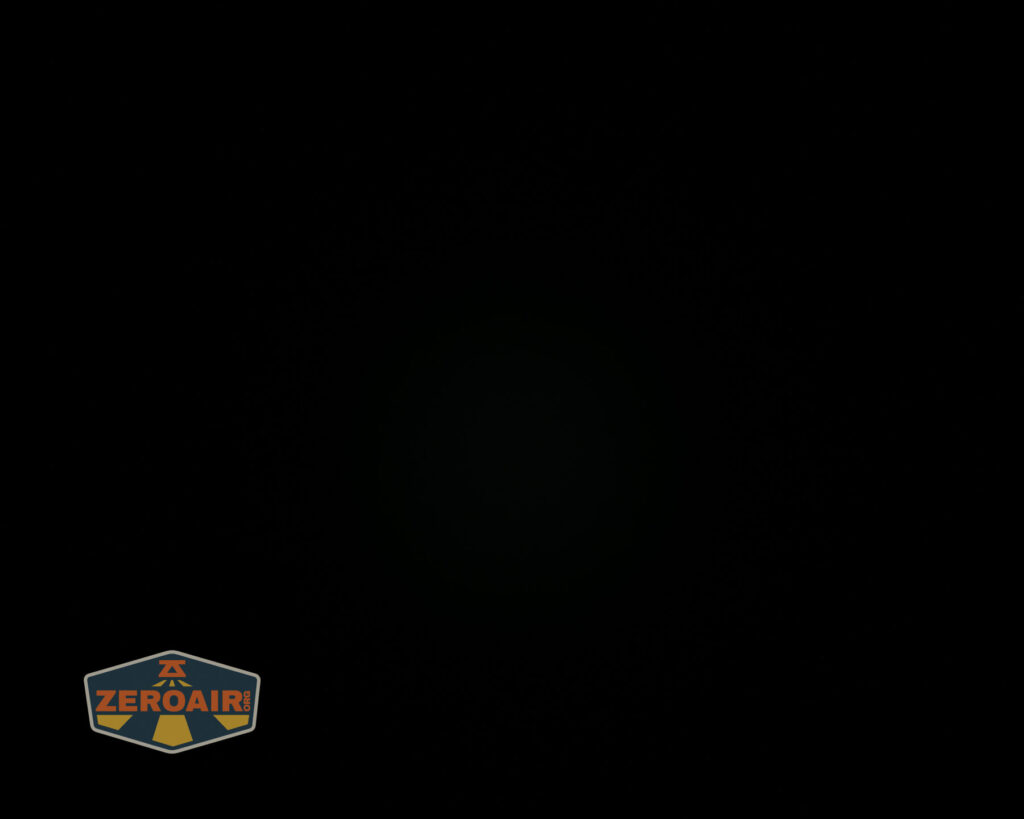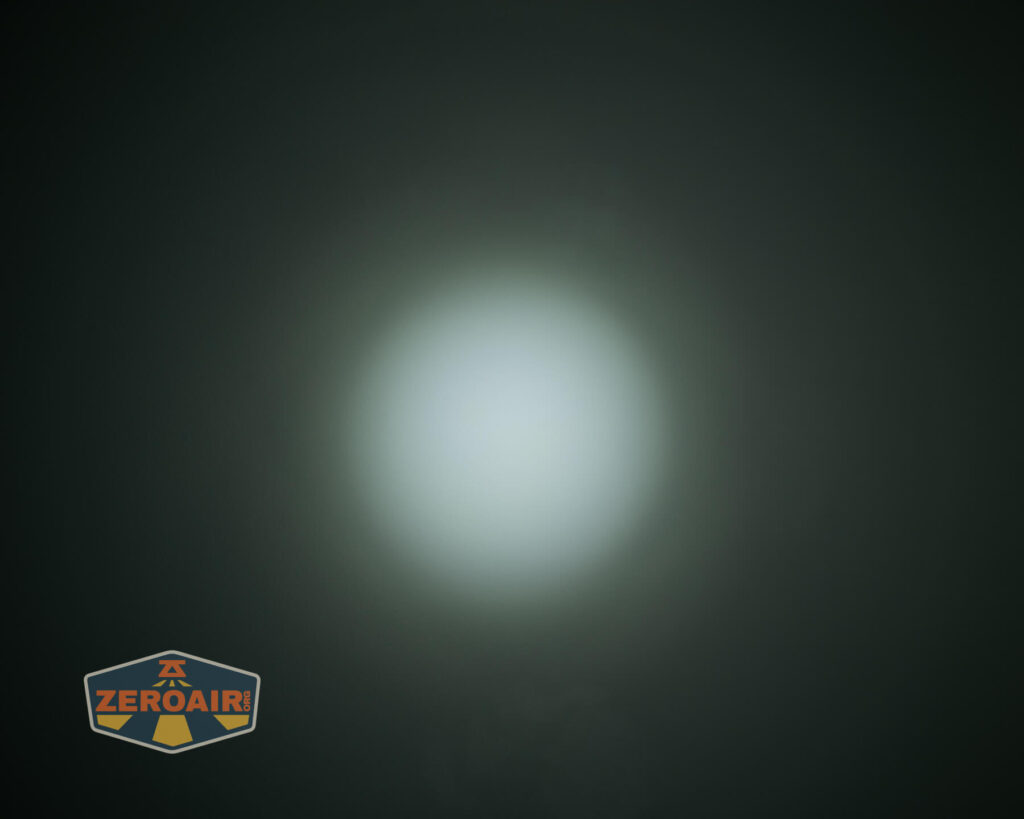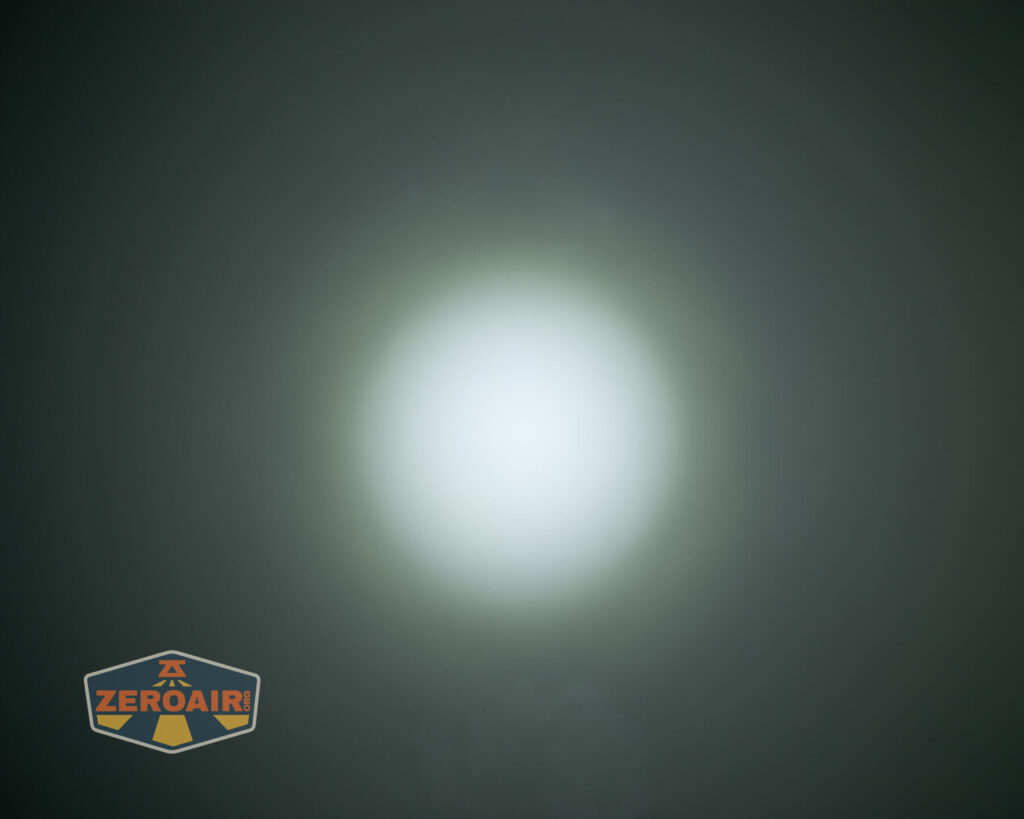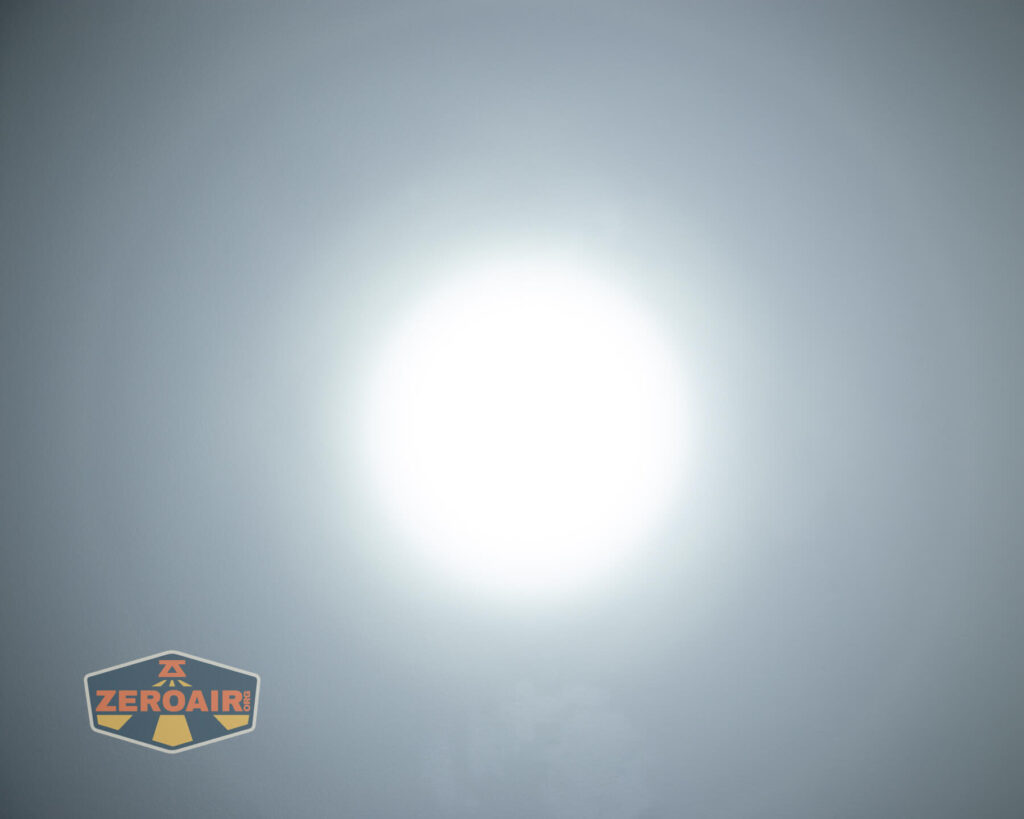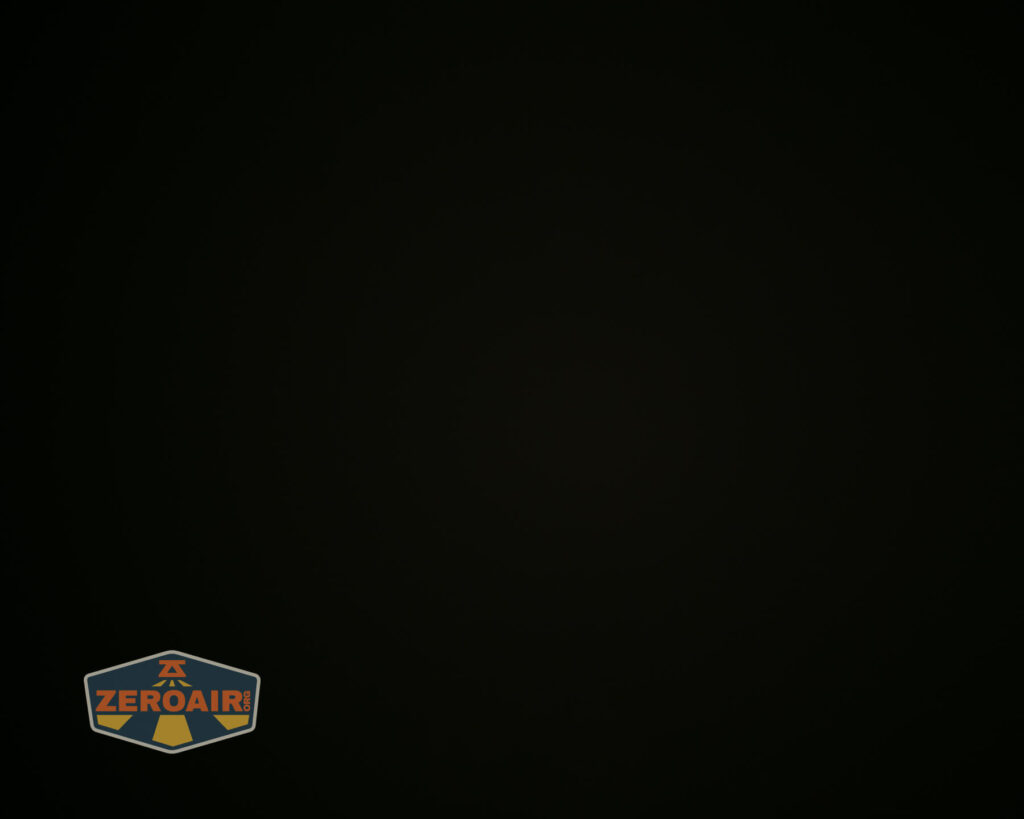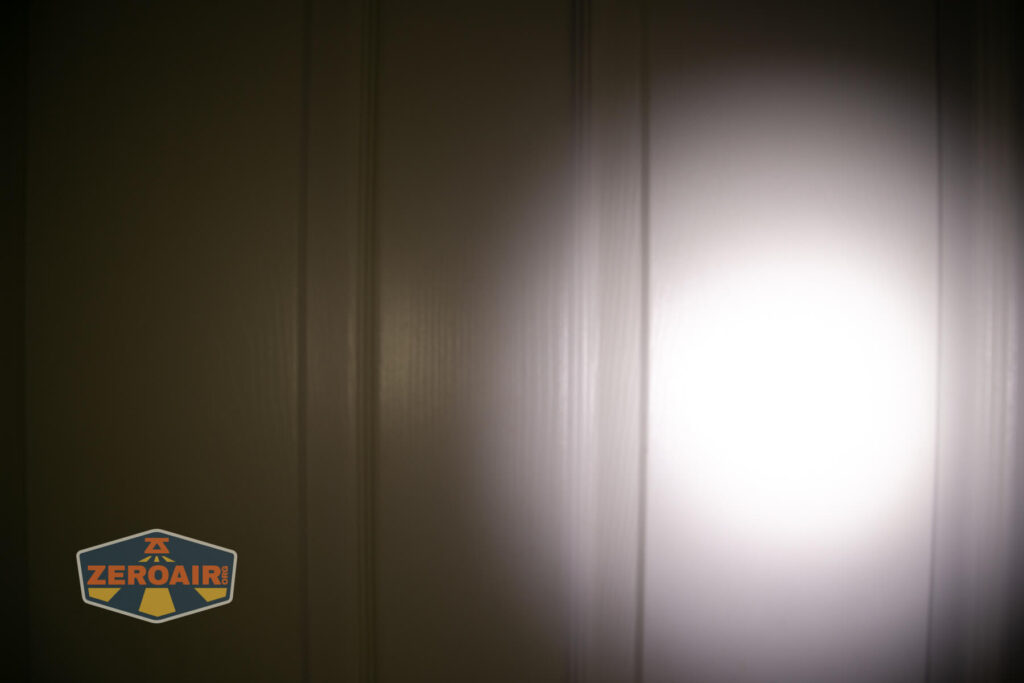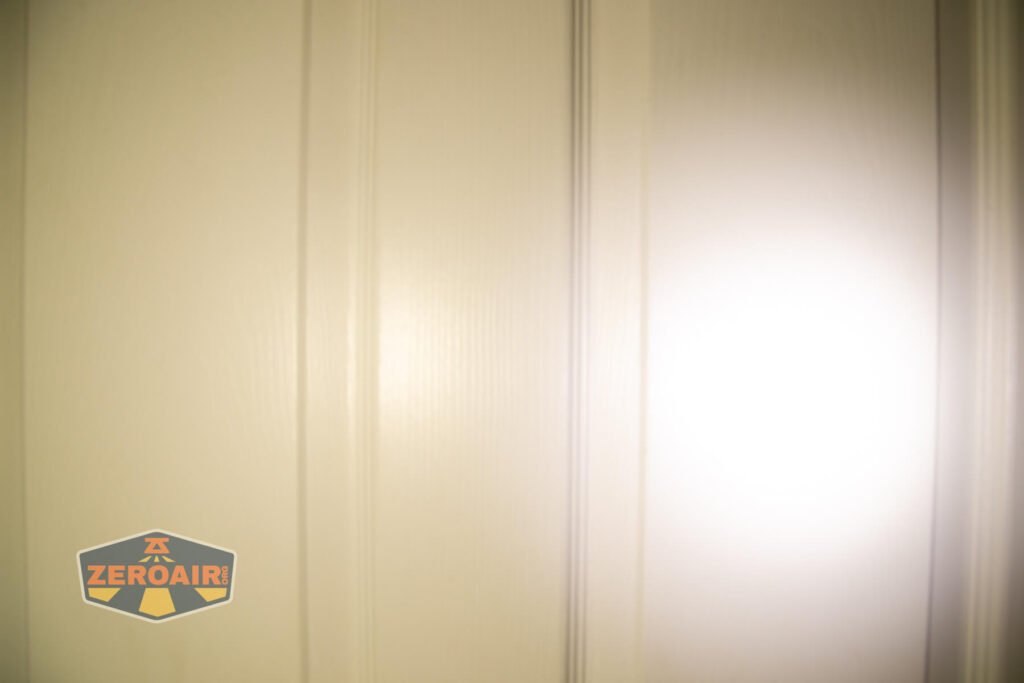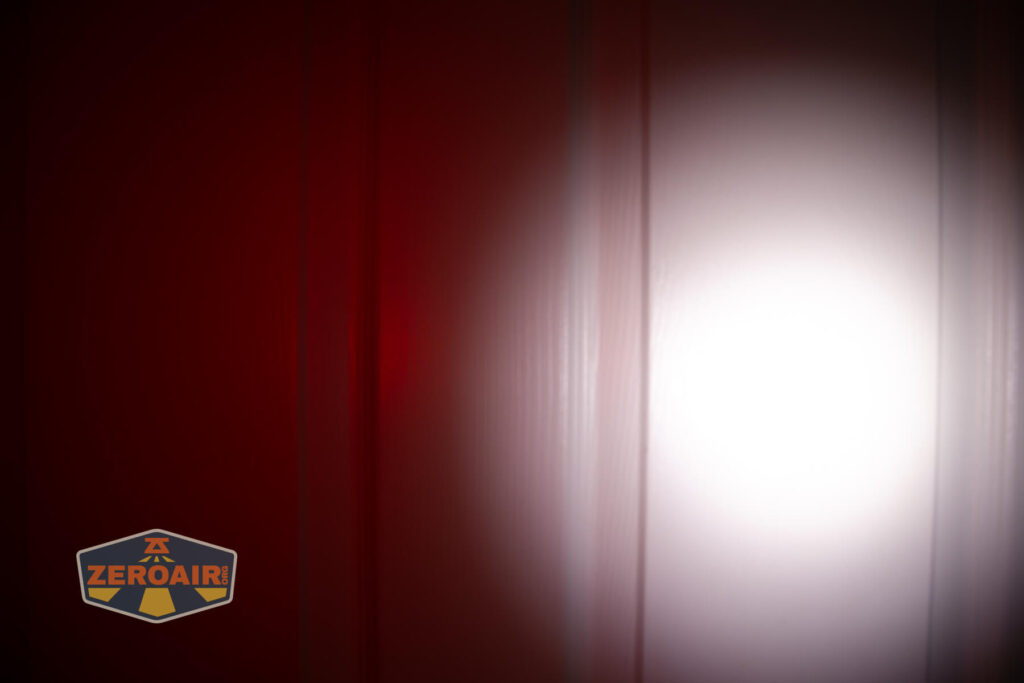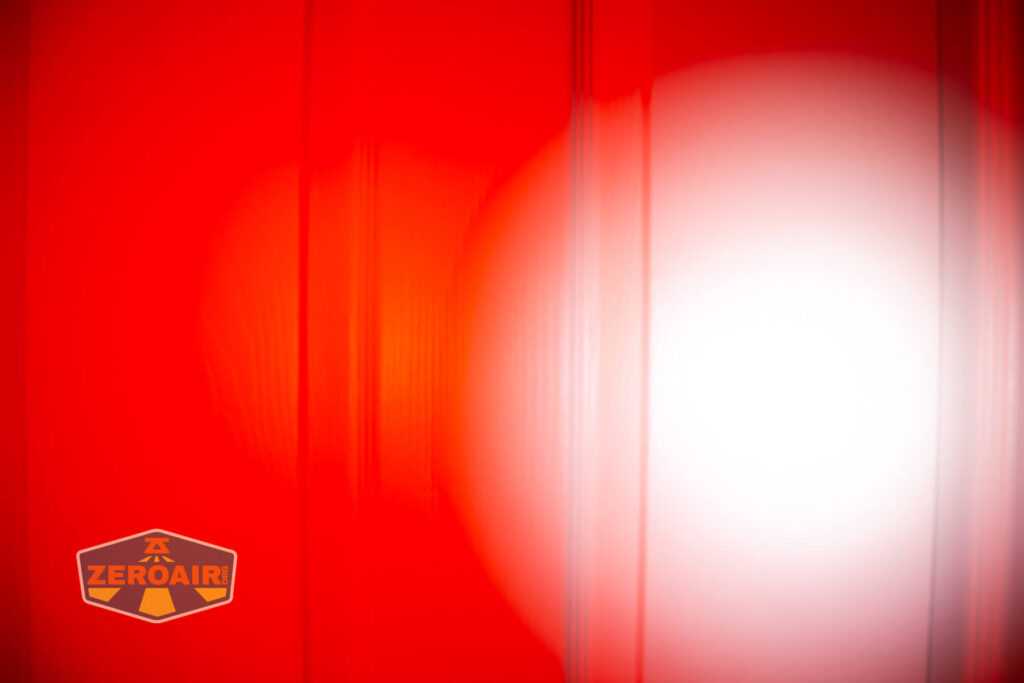Imalent HT70 Headlamp Review
The Imalent HT70 headlamp features three sets of emitters, including red and warm white. A Cree XHP50.3 HI emitter provides great throw and output, too!
Official Specs and Features
Here’s a link to the Imalent HT70 headlamp product page.
Versions
There’s just one version of the Imalent HT70 headlamp.
Price
The Imalent HT70 headlamp is open on Kickstarter right now, and the introductory early-bird special price is $34.99. By the time you read this, though, the price will likely be $47.96.
What’s Included
- Imalent HT70 headlamp
- 5000mAh 21700
- Spare o-rings
- Pocket clip
- Charging cable
- Headband with accessory over-the-head strap
Package and Manual
Build Quality and Disassembly
The Imalent HT70 headlamp build quality is great. It feels hefty in a “quality” way.
Only one side unscrews – this is the negative side of the battery. There’s a spring and these threads are very smooth! Typical for Imalent.
Inside the cell tube, the positive terminal has only a button for contact
Size and Comps
If the flashlight will headstand, I’ll show it here (usually the third photo). If the flashlight will tailstand, I’ll also show that (usually in the fourth photo).
Here’s the test light with the venerable Convoy S2+. The version below is a custom laser-engraved Convoy S2+ host by GadgetConnections.com. I did a full post on an engraved orange host right here! Or go straight to GadgetConnections.com to buy your Convoy S2+ now!
Also above is the light beside a TorchLAB BOSS 35, an 18350 light. I reviewed the aluminum version of that light in both 35 and 70 formats. I also reviewed that specific edition, the “Oveready BOSS FT Collector Vintage Brass” 35. I love it!
Retention and Carry
Imalent provides the case you see above. As you can see below, it holds all the things that come with the Imalent HT70 headlamp.
There’s a friction-fit pocket clip, too.
This clip can fit into either of the clips also used by the headband – they can’t be used at the same time.
The headband, specifically the connections for the light, are very nice. This light offers clip-in connection, a huge update from the old-style rubber loops. It seems secure, too.
The headband is very adjustable.
There’s a grippy section along the back too, where it touches your head.
An optional over-the-top loop is included. I appreciate that this is easy to remove and it’s also very slim.
A magnet in the tailcap (the removable end) is also included. It’s strong enough to hold the light!
Power and Runtime
A 5000mAh 21700 is included with the Imalent HT70 headlamp. It’s a standard cell!
The cell goes into the Imalent HT70 headlamp in the usual direction – positive end goes in first.
Below you can see three runtimes on the main emitter and one runtime on the secondary white emitter.
Performance is good and gets fairly close at startup to the claimed 3500 lumens. After the highest three modes settle down to their steady state- the light outputs over 800lumens for over three hours.
The secondary or warm white emitter has very flat output, even on the highest mode. There are only three modes for both secondary (warm white and red) though.
Low voltage protection was observed in every test.
Charging
The Imalent HT70 headlamp offers USB-C charging. The charge port cover is near the e-switch and frankly it’s very easy to confuse the two.
Imalent includes a C to C cable.
There’s also an indicator to show what the current battery state is. You can see it below – it’s near the tailcap.
Charging on A to C or C to C looks great and requires only around 3 hours.
Modes and Currents
| Mode | Mode Claimed Output (lm) | Claimed Runtime | Measured Lumens | Tailcap Amps |
|---|---|---|---|---|
| Turbo | 3500-1000 | 90s+2h33m | 3216 (0s) 2894 (30s) |
9.90 |
| High | 2000-1000 | 6m20s+2h30m | 1785 (0s) 1768 (30s) |
3.88 |
| Middle II | 1000 | 2h51m | 814 | 1.38 |
| Middle I | 500 | 5h13m | 482 | 0.74 |
| Middle Low | 150 | 17h30m | 152 | 0.21 |
| Moonlight | 6 | 350h | 5.8 | [low] |
| Warm White High | 250 | 5h45m | 232 | 0.76 |
| Warm White Middle | 100 | 14h8m | 143 | 0.29 |
| Warm White Low | 10 | 180h | 8 | 0.02 |
Current draw for the red modes was about like the current draw for the warm white modes.
Pulse Width Modulation
The main white emitter does not use PWM. Both secondary emitters do. In the second row, three warm white are first, then three red modes. The PWM is very slow and you’re likely to notice it by eye.
It was so slow that I change the time scale on my graphing so I could capture full peak-to-peak. Same order as above, but only the secondary outputs.
Here you can see a “baseline” – a chart with almost no light hitting the sensor. Then there’s the Ultrafire WF-602C flashlight, which has some of the worst PWM I’ve seen. It’s so bad that I used a post about it to explain PWM! Here are multiple timescales (10ms, 5ms, 2ms, 1ms, 0.5ms, 0.2ms) to make comparing this “worst” PWM light to the test light easier. That post also explains why I didn’t test the WF-602C at the usual 50us scale.
User Interface and Operation
There is just one e-switch on the Imalent HT70 headlamp. Before you even get to the e-switch, though, you can select which emitter you want to use. This selector is not quite as stiff as I’d like for it to be, but I don’t remember changing modes accidentally. It’s possible to change modes while the light is on.
Next up is the e-switch. It’s on the same end in the USB-C port area.
Here’s a user interface table!
| State | Action | Result |
|---|---|---|
| Off | Move selector to specific emitter array. | Only that output will be available to e-switch. |
| Off | Click | On (mode memory) |
| On | Click | Off |
| On | Hold | Mode advance |
| On | Double click | If in Main white: Turbo If in red: Red flashing If in warm white: no change in output |
LED and Beam
Imalent has used a Cree XHP50.3 HI emitter as the main option here. The two secondary options (warm white and red) are both Cree too, I believe, but Imalent doesn’t say which.
Both sets of secondary emitters have frosted covers, providing a very floody output.
LED Color Report (CRI and CCT)
The main emitter is cool to very cool white and low CRI. The warm white emitter (second row) has better of both, but is still low CRI.
Beamshots
These beamshots always have the following settings: f8, ISO100, 0.3s shutter, and manual 5000K exposure. These photos are taken at floor level, and the beam hits the ceiling around 9 feet away.
Tint vs BLF-348 (KillzoneFlashlights.com 219b version) (affiliate link)
I keep the test flashlight on the left and the BLF-348 reference flashlight on the right. These photos are taken around 18 inches from the door.
I compare everything to the KillzoneFlashlights.com 219b BLF-348 because it’s inexpensive and has the best tint!
Summary and Conclusion
At the super early bird price on Kickstarter, the Imalent HT70 headlamp is a great deal! Even at the (probably now available) early bird price under $50, this is still a very compelling headlamp. Output is very high, and even better, after the stepdown, output is very stable, too! The user interface is not confusing and familiar if you’ve had an Imalent before. And the Imalent HT70 headlamp uses a standard 21700!
The Big Table
| Imalent HT70 headlamp | |
|---|---|
| Emitter: | Cree XHP50.3 HI |
| Price in USD at publication time: | $34.99 |
| Cell: | 1×21700 |
| Runtime Graphs | |
| LVP? | Yes |
| Switch Type: | E-Switch |
| Quiescent Current (mA): | ? |
| On-Board Charging? | Yes |
| Charge Port Type: | USB-C |
| Charge Graph | |
| Power off Charge Port | |
| Claimed Lumens (lm) | 3500 |
| Measured Lumens (at 30s) | 2894 (82.7% of claim)^ |
| Candela per Lumen | 3.48 |
| Claimed Throw (m) | 349 |
| Candela (Calculated) in cd (at 30s) | 415lux @ 5.309m = 11697cd |
| Throw (Calculated) (m) | 216.3 (62% of claim)^ |
| Claimed CCT | – |
| Measured CCT Range (K) | 6100-7100 Kelvin |
| Item provided for review by: | Imalent |
| All my Imalent reviews! | |
^ Measurement disclaimer: Testing flashlights is my hobby. I use hobbyist-level equipment for testing, including some I made myself. Try not to get buried in the details of manufacturer specifications versus measurements recorded here; A certain amount of difference (say, 10 or 15%) is perfectly reasonable.
What I like
- Good build quality
- Low introductory price
- Includes 21700 cell
- Cell is standard
- Charging via A or C works great
- User interface is easy to understand
- Headband option is clever
What I don’t like
- Cool to very cool main emitter
- PWM on secondary outputs is very slow (and annoying)
- Emitter selector switch could be just a bit stiffer
Notes
- This content originally appeared at zeroair.org. Please visit there for the best experience!
- Please use my Amazon.com referral link to help support zeroair.org!
- Please support me on Patreon! I deeply appreciate your support!
